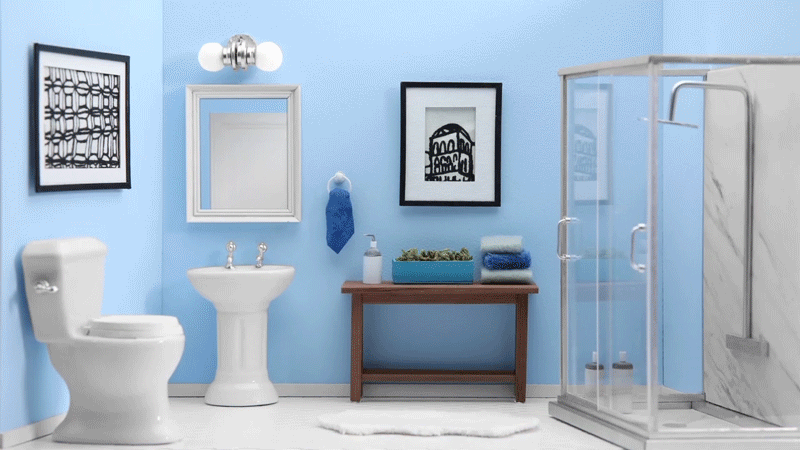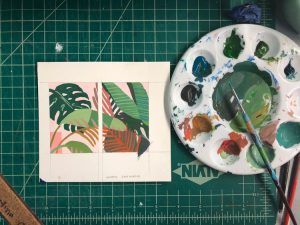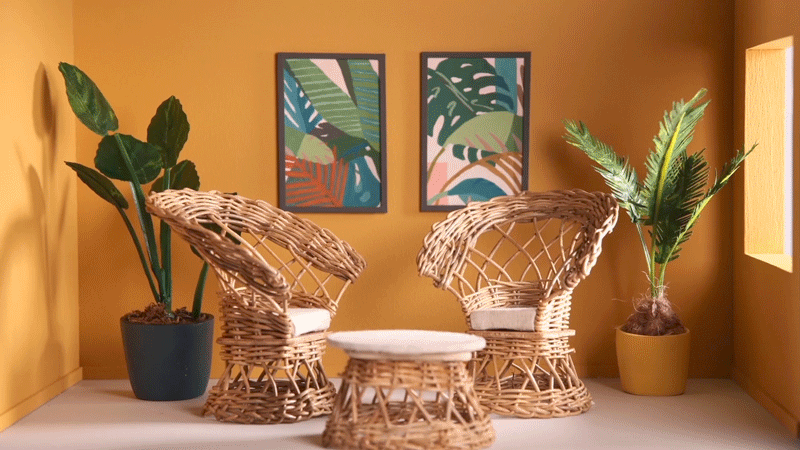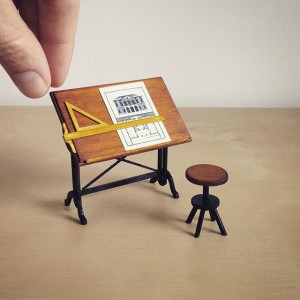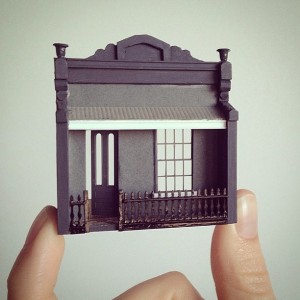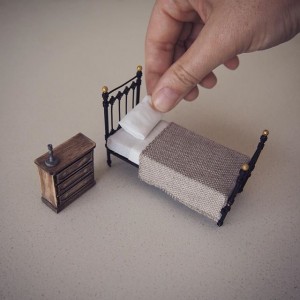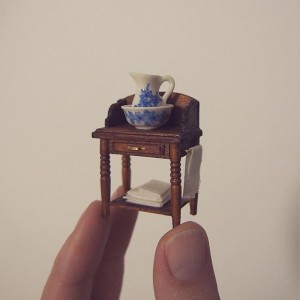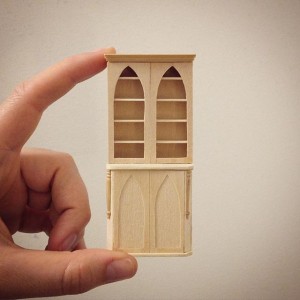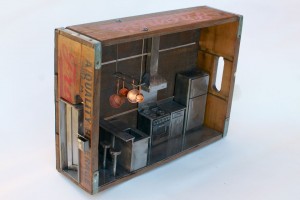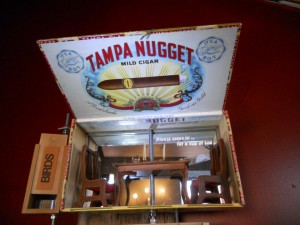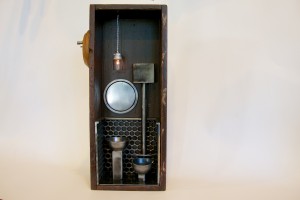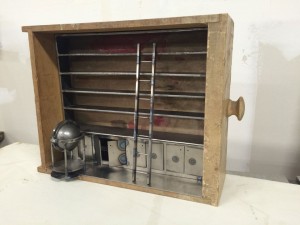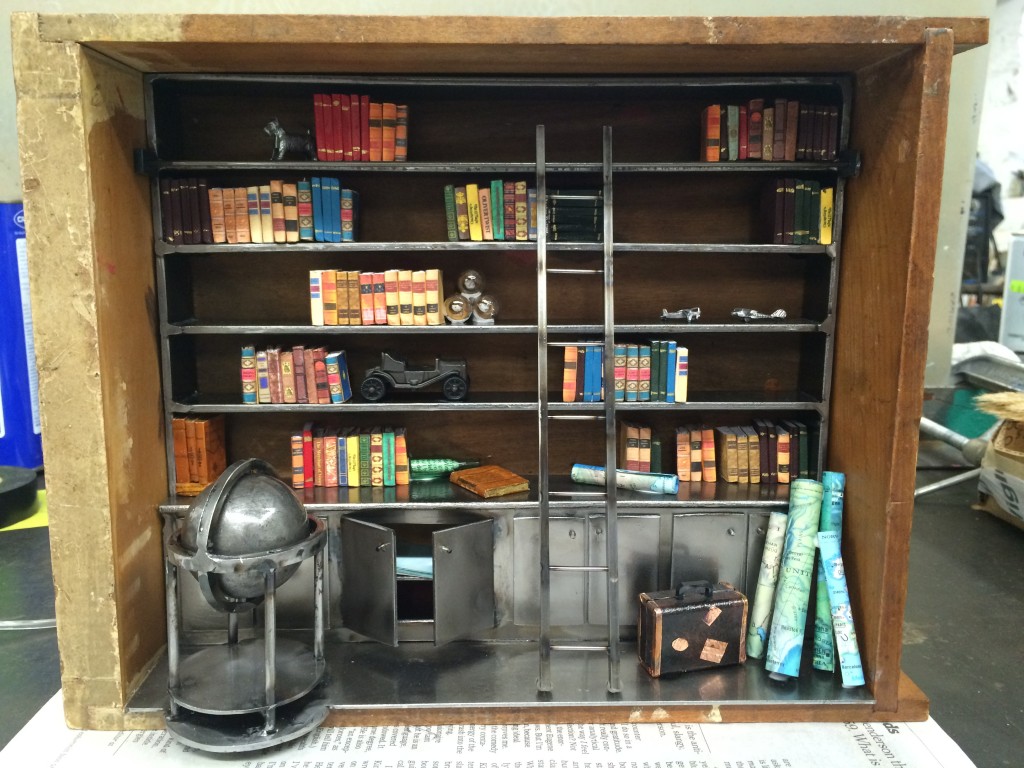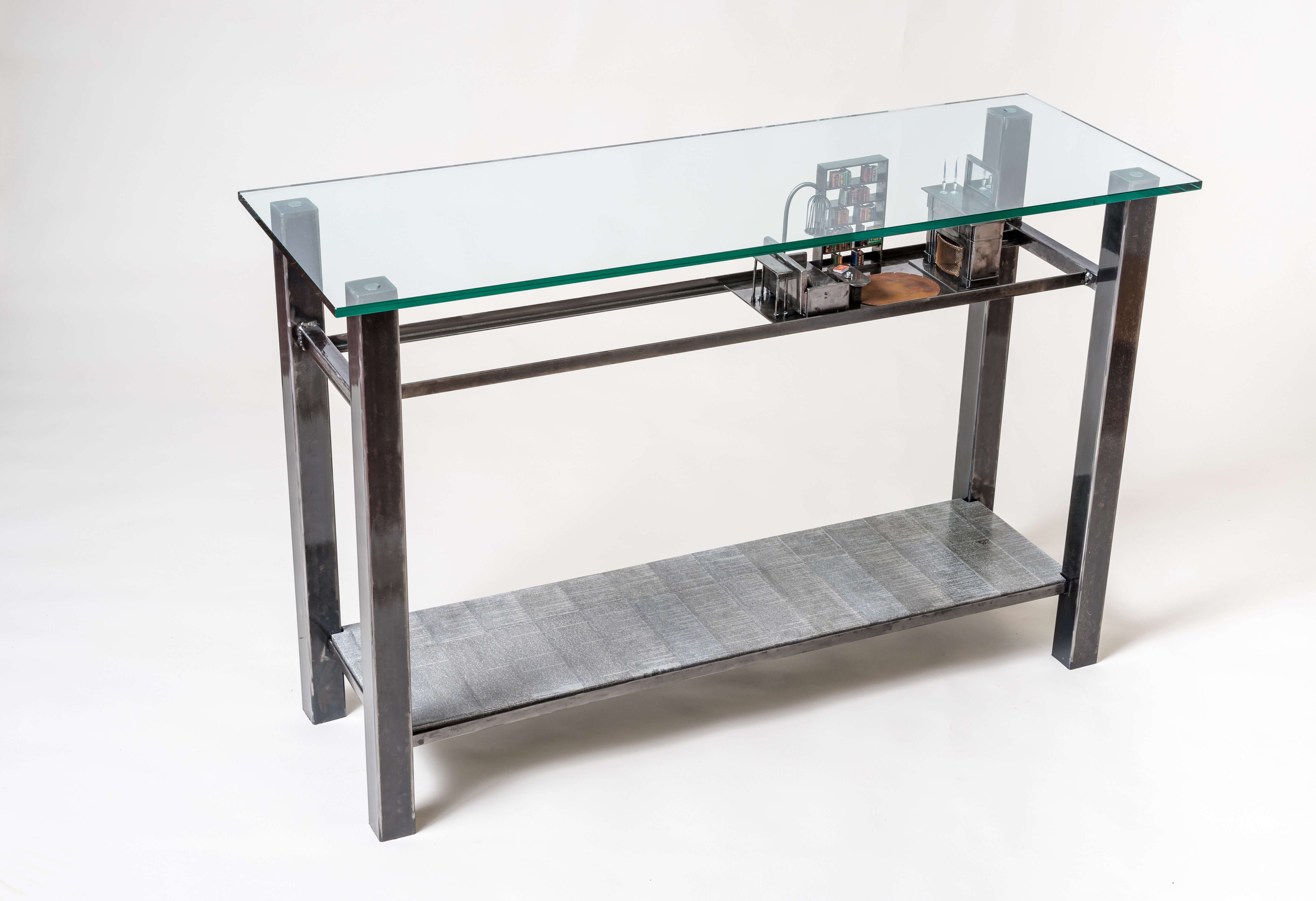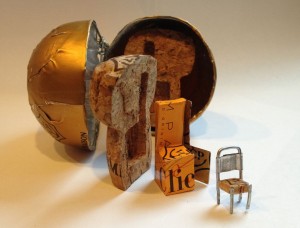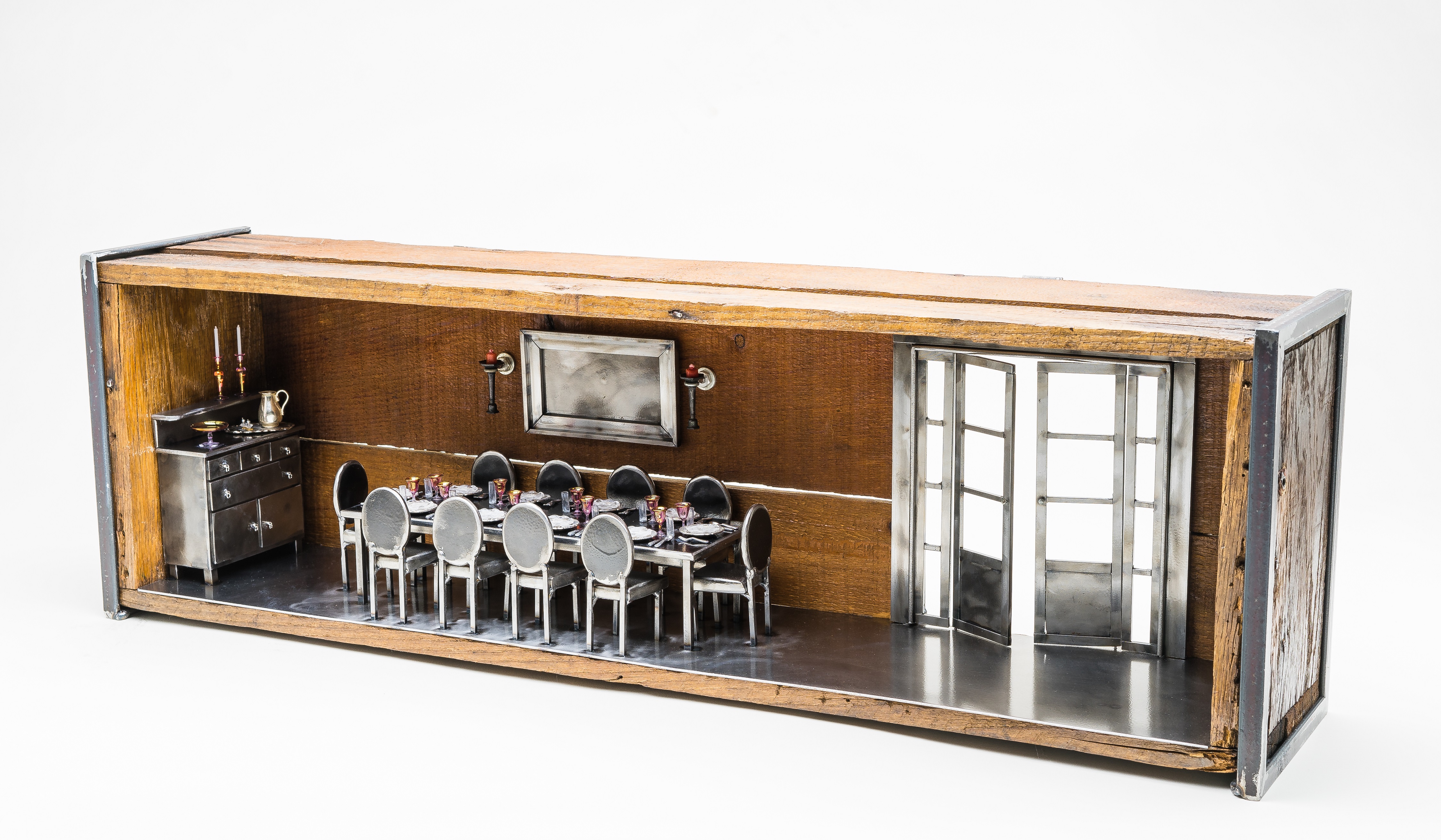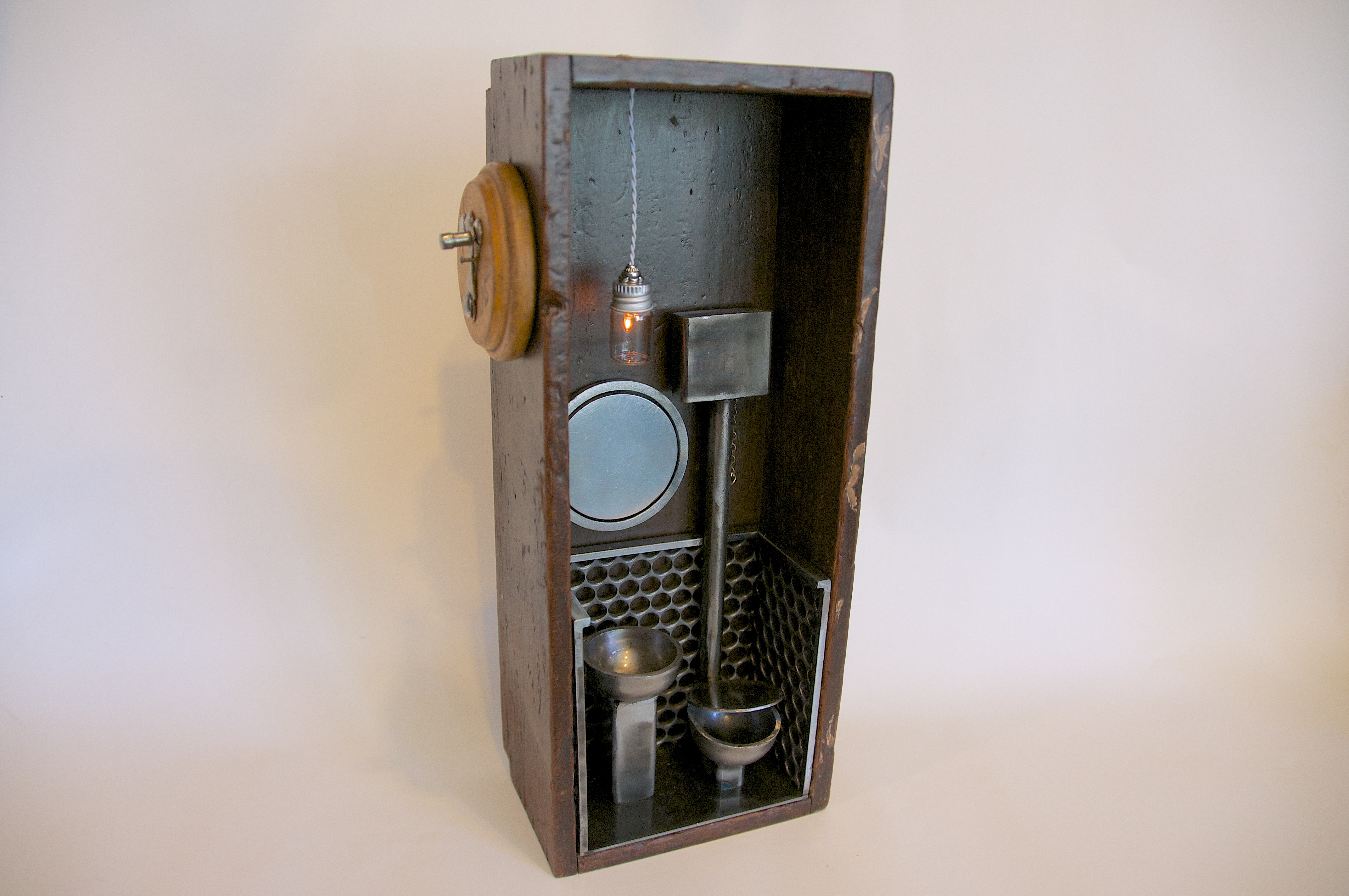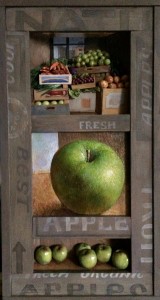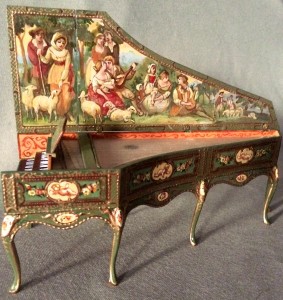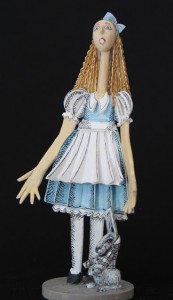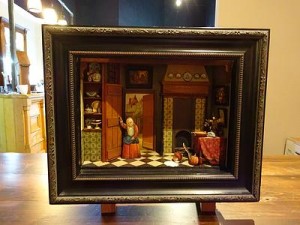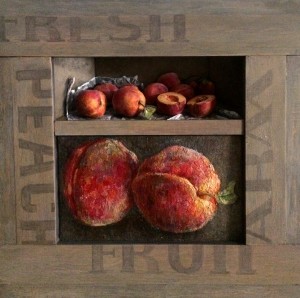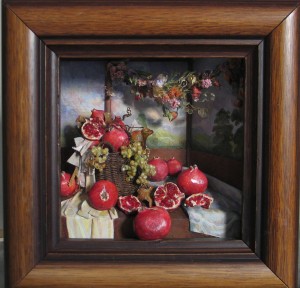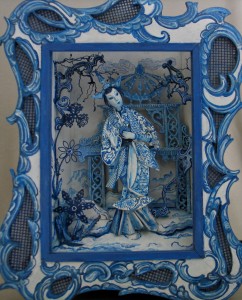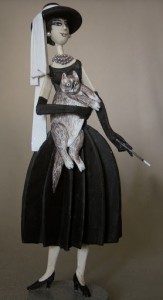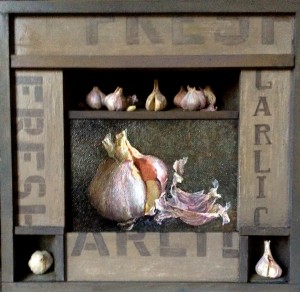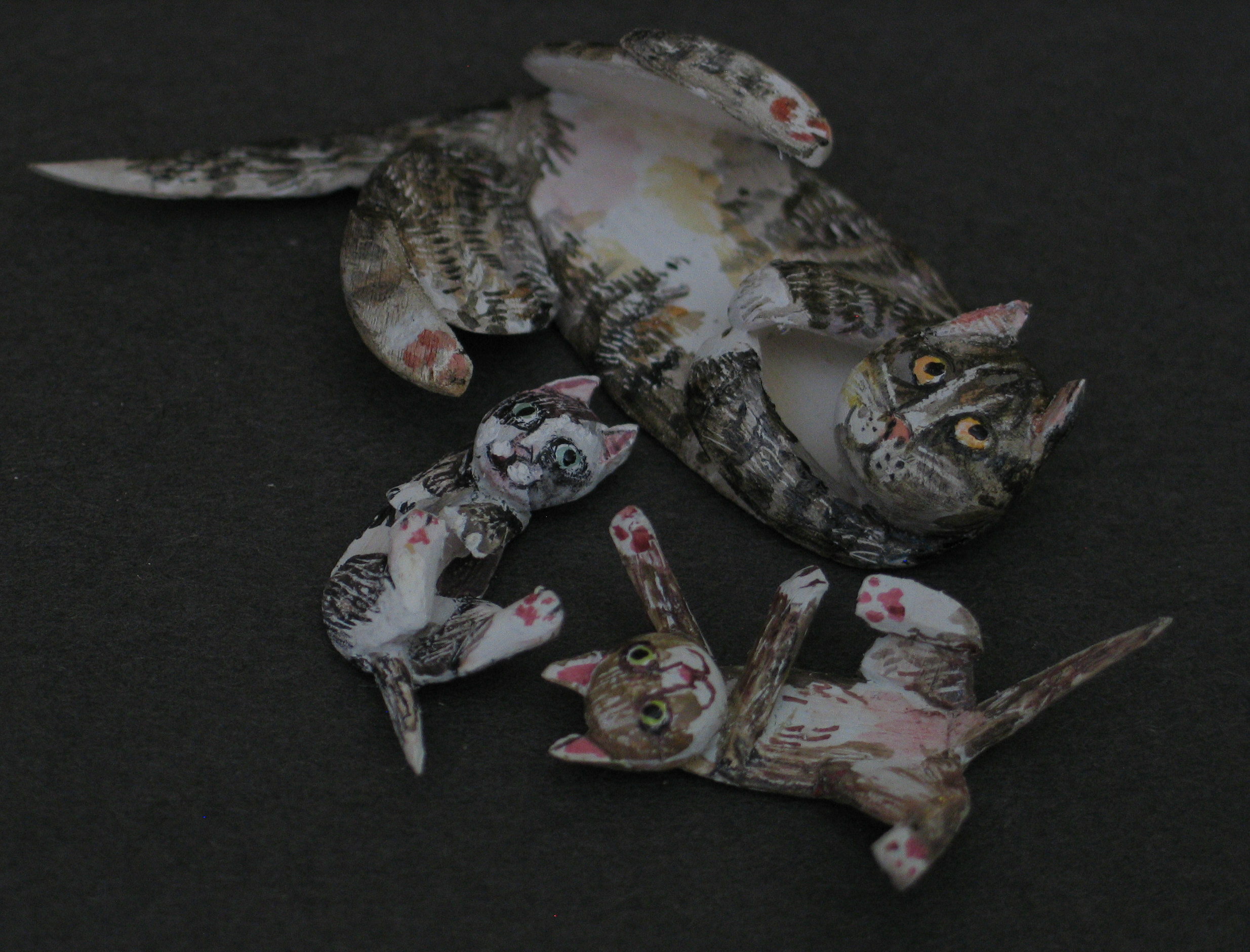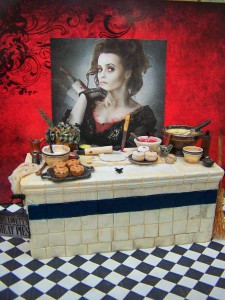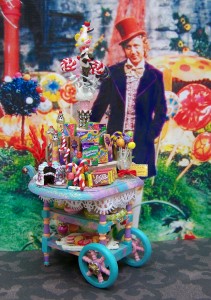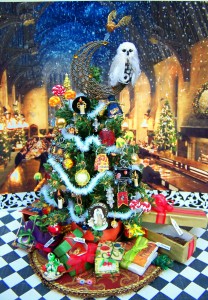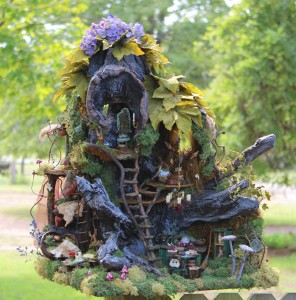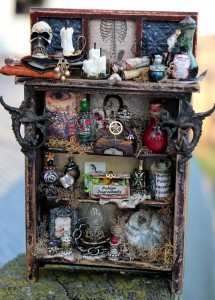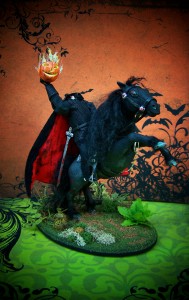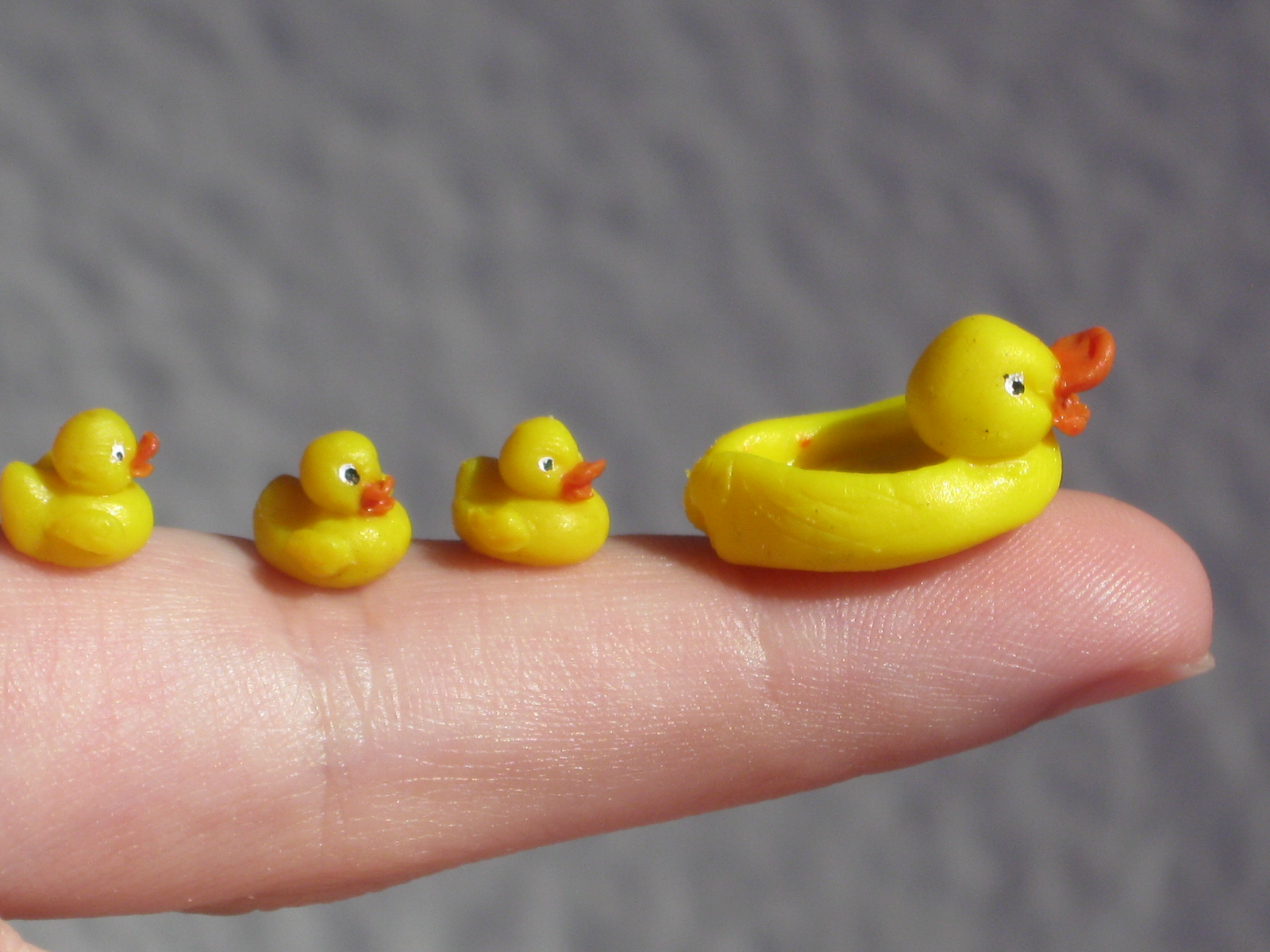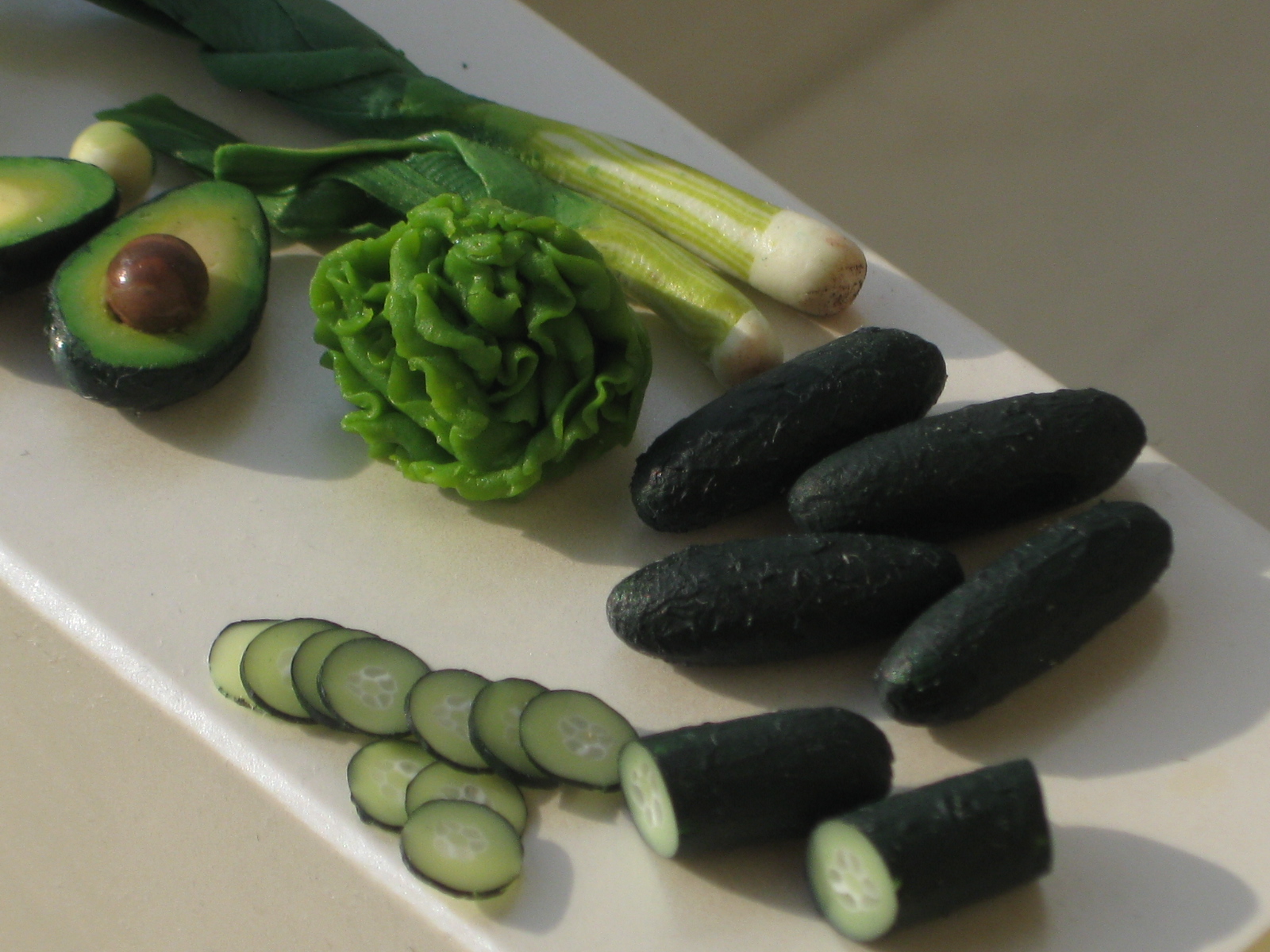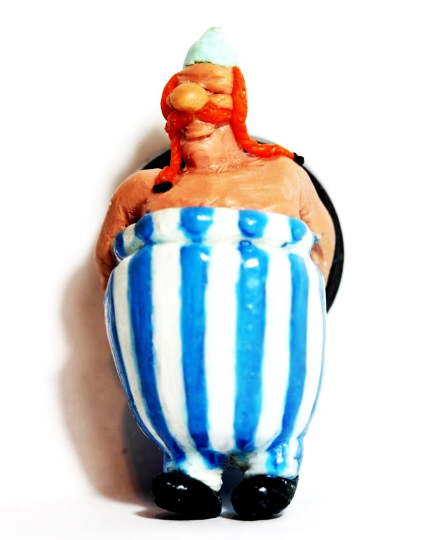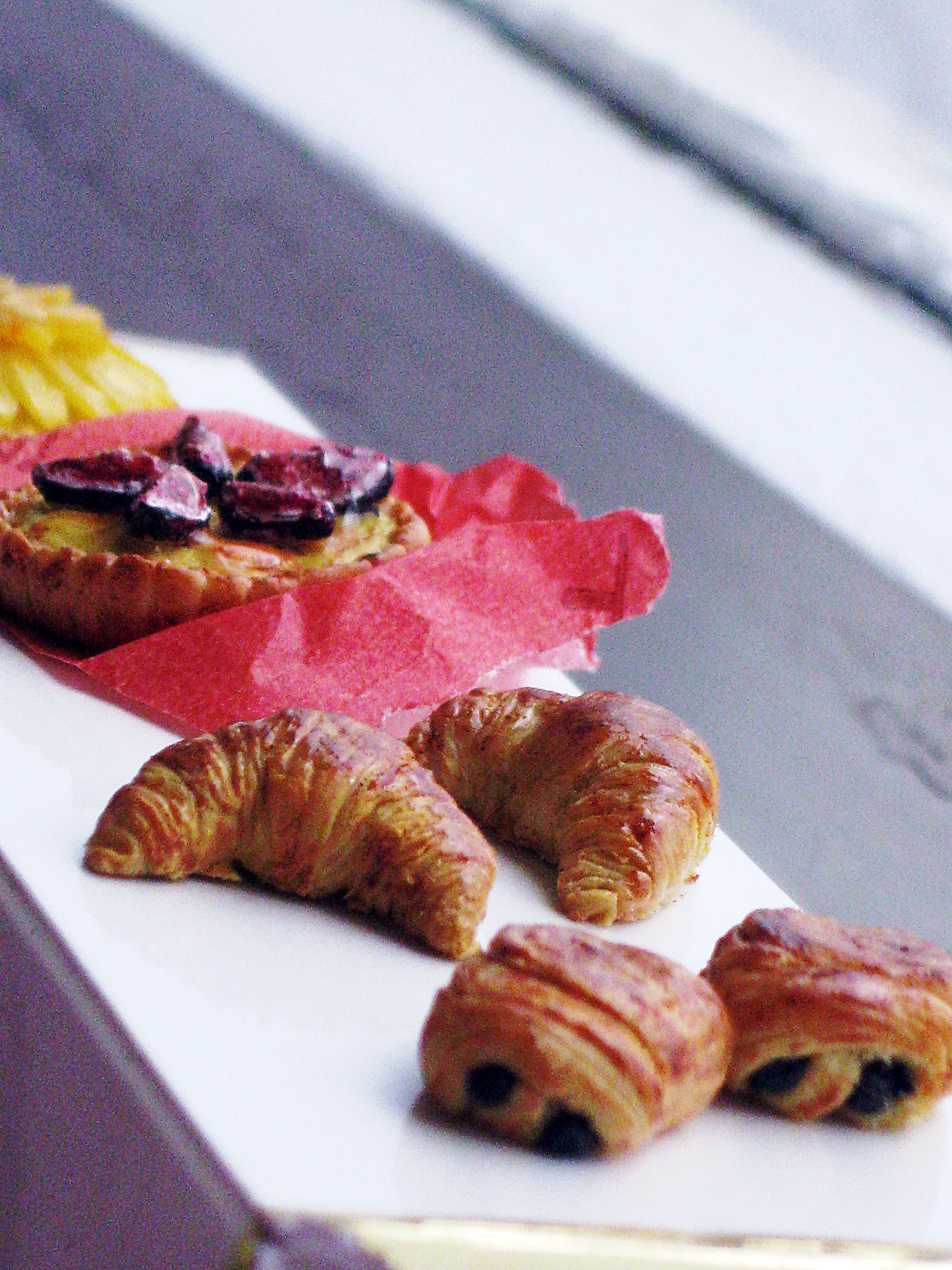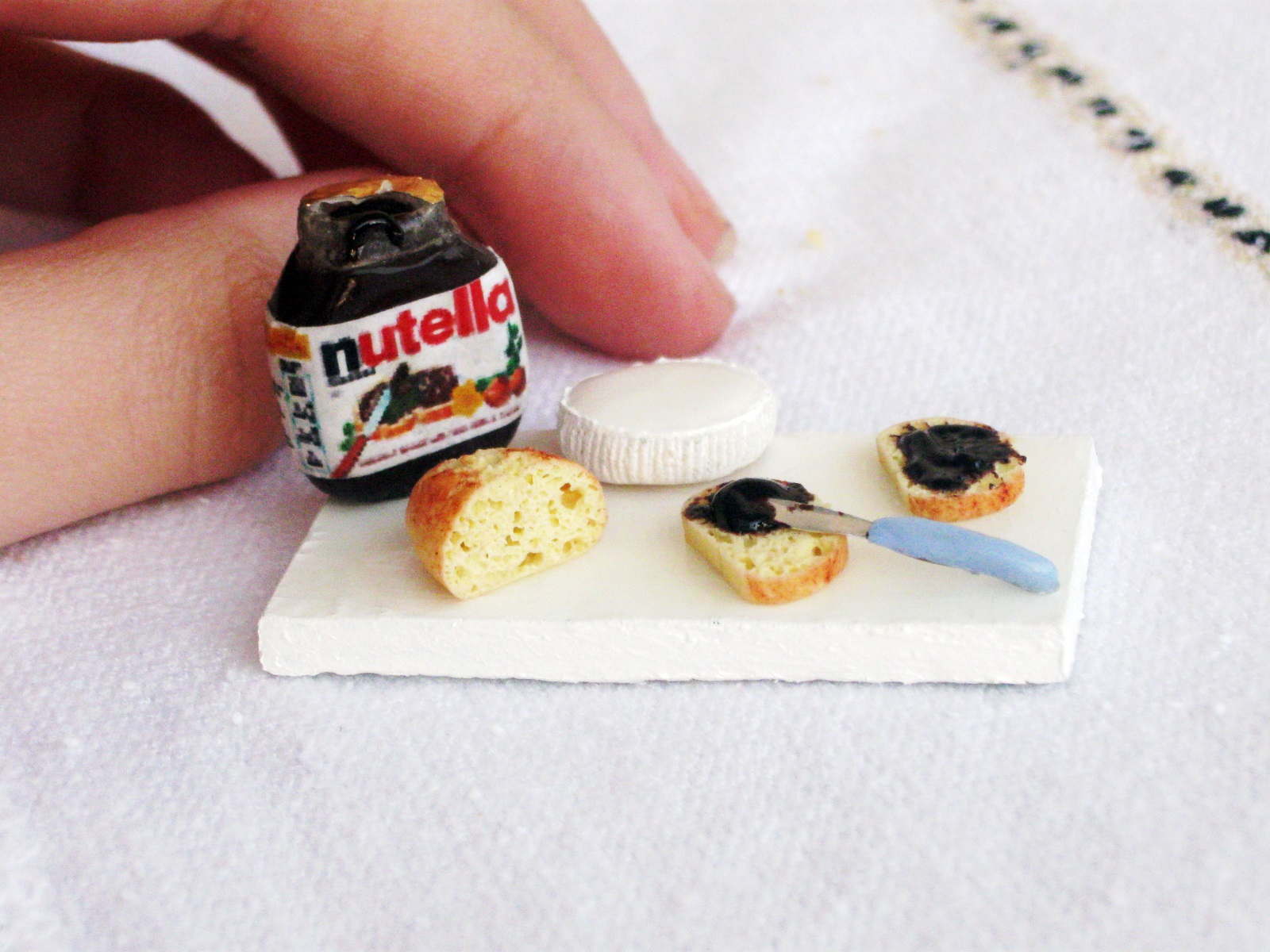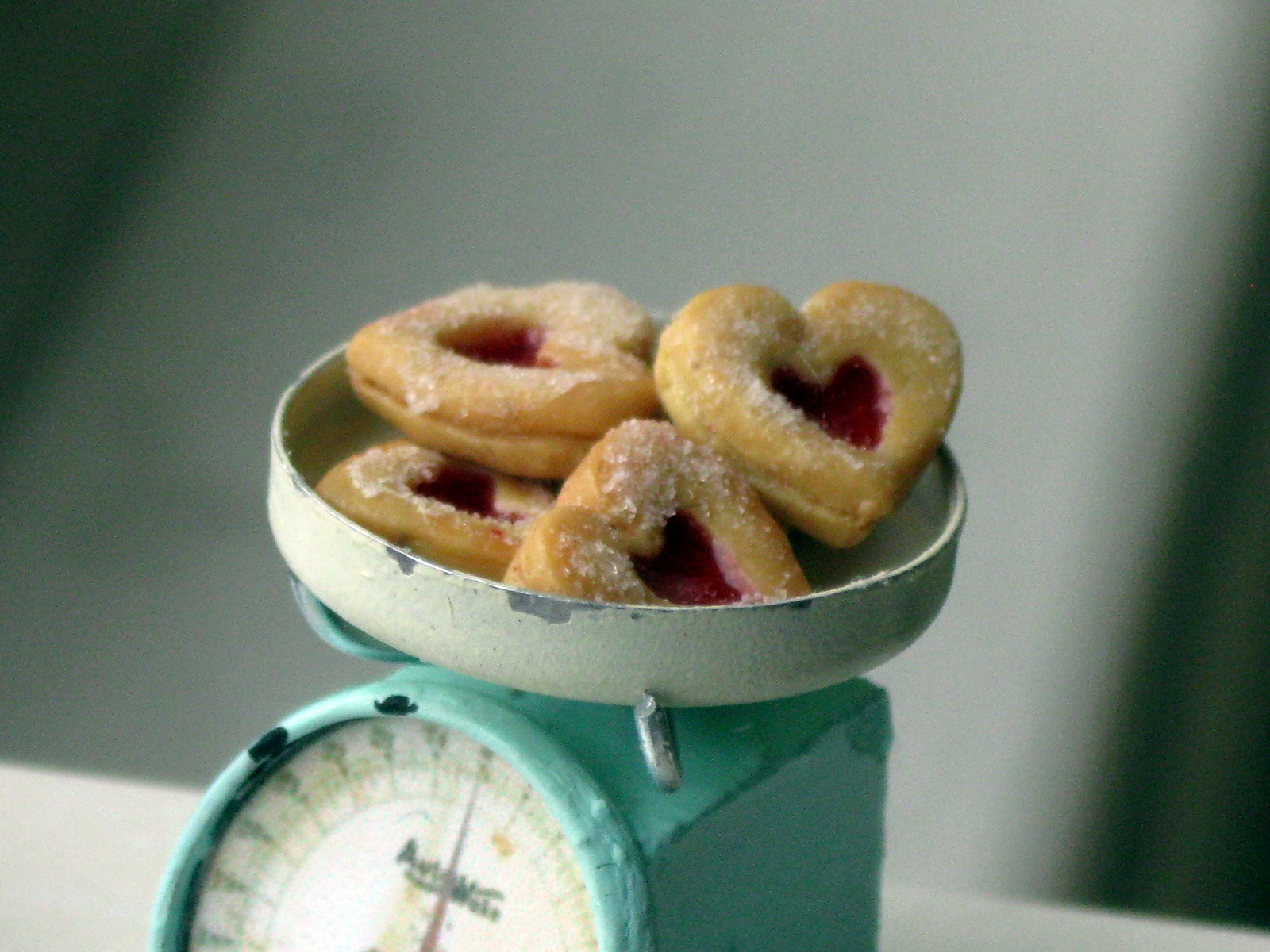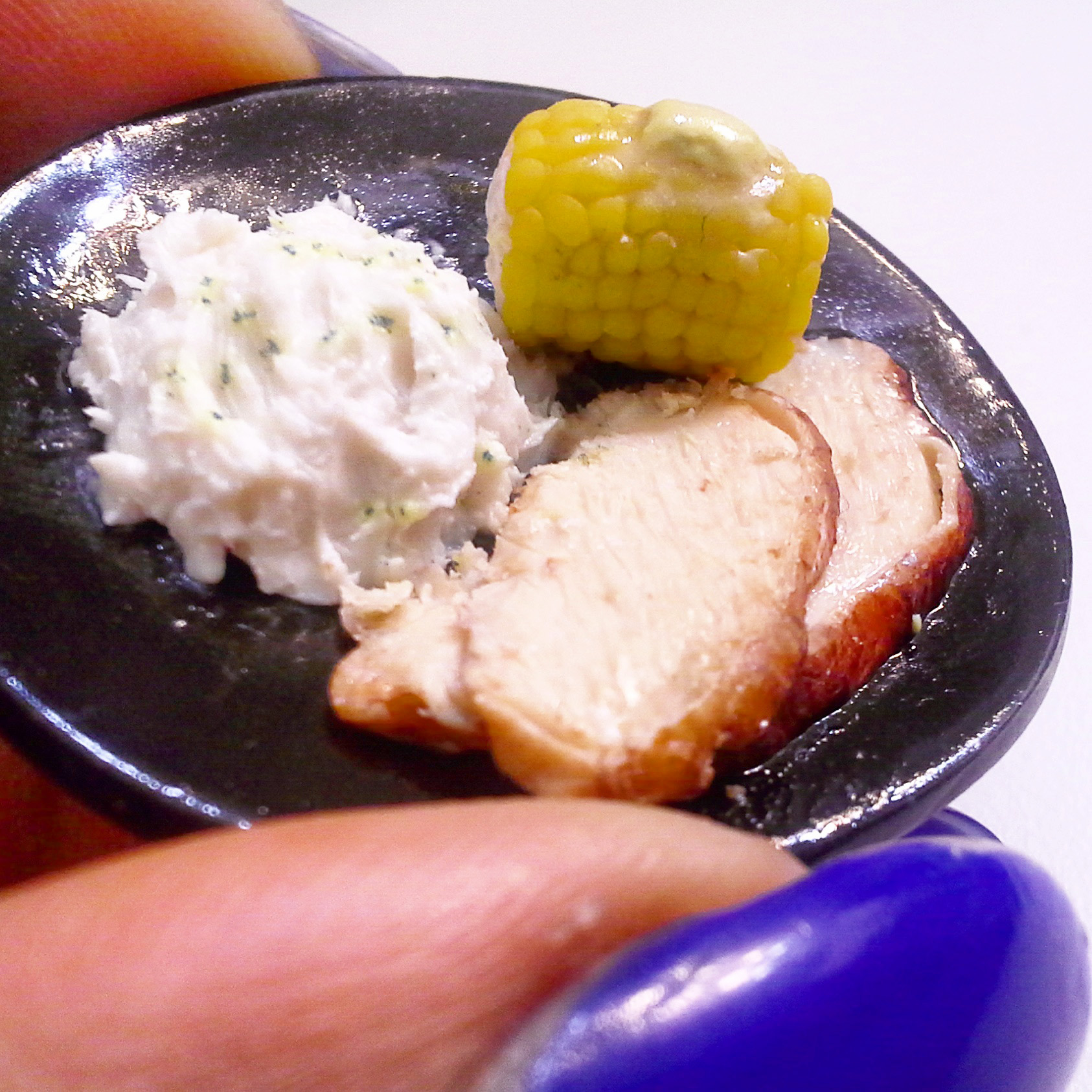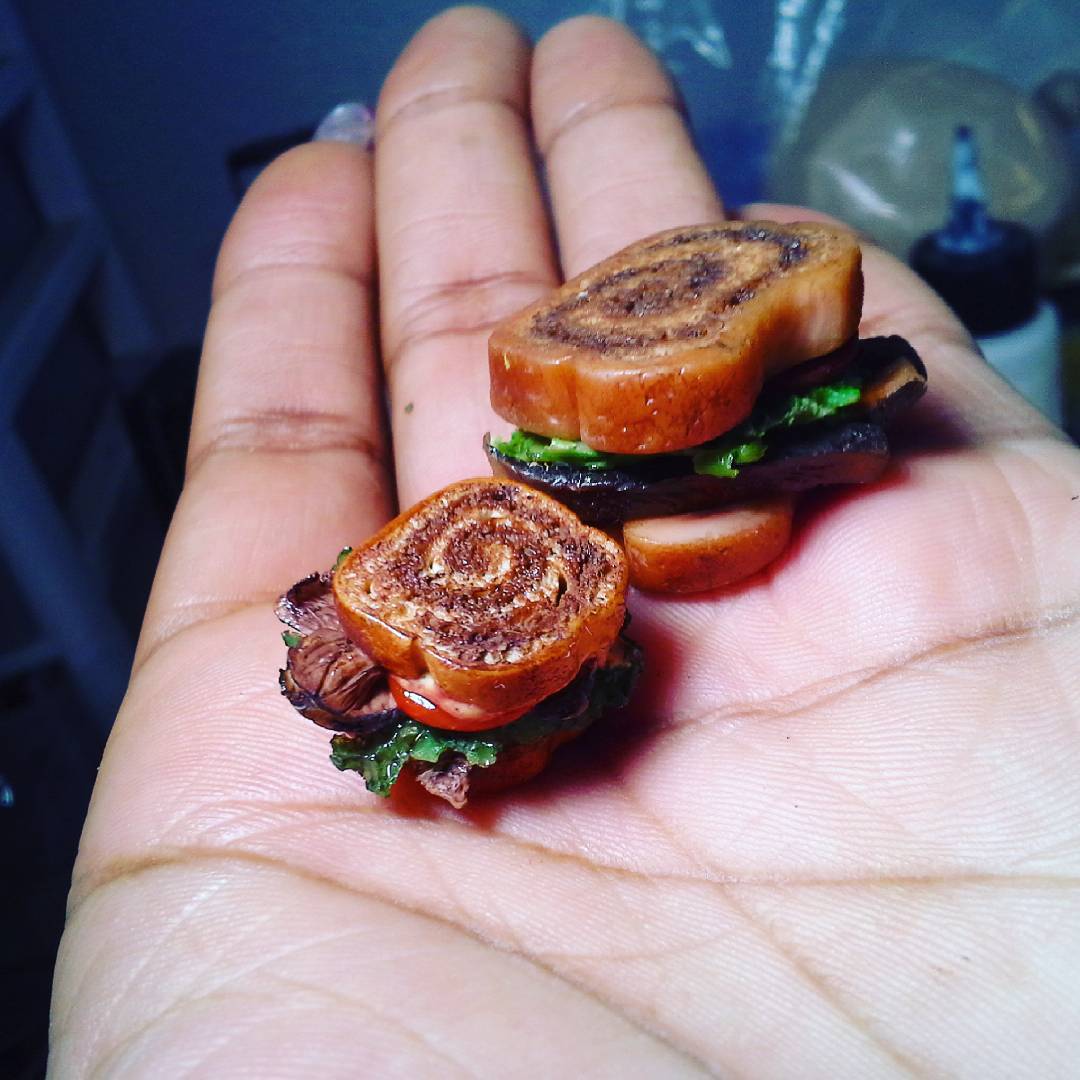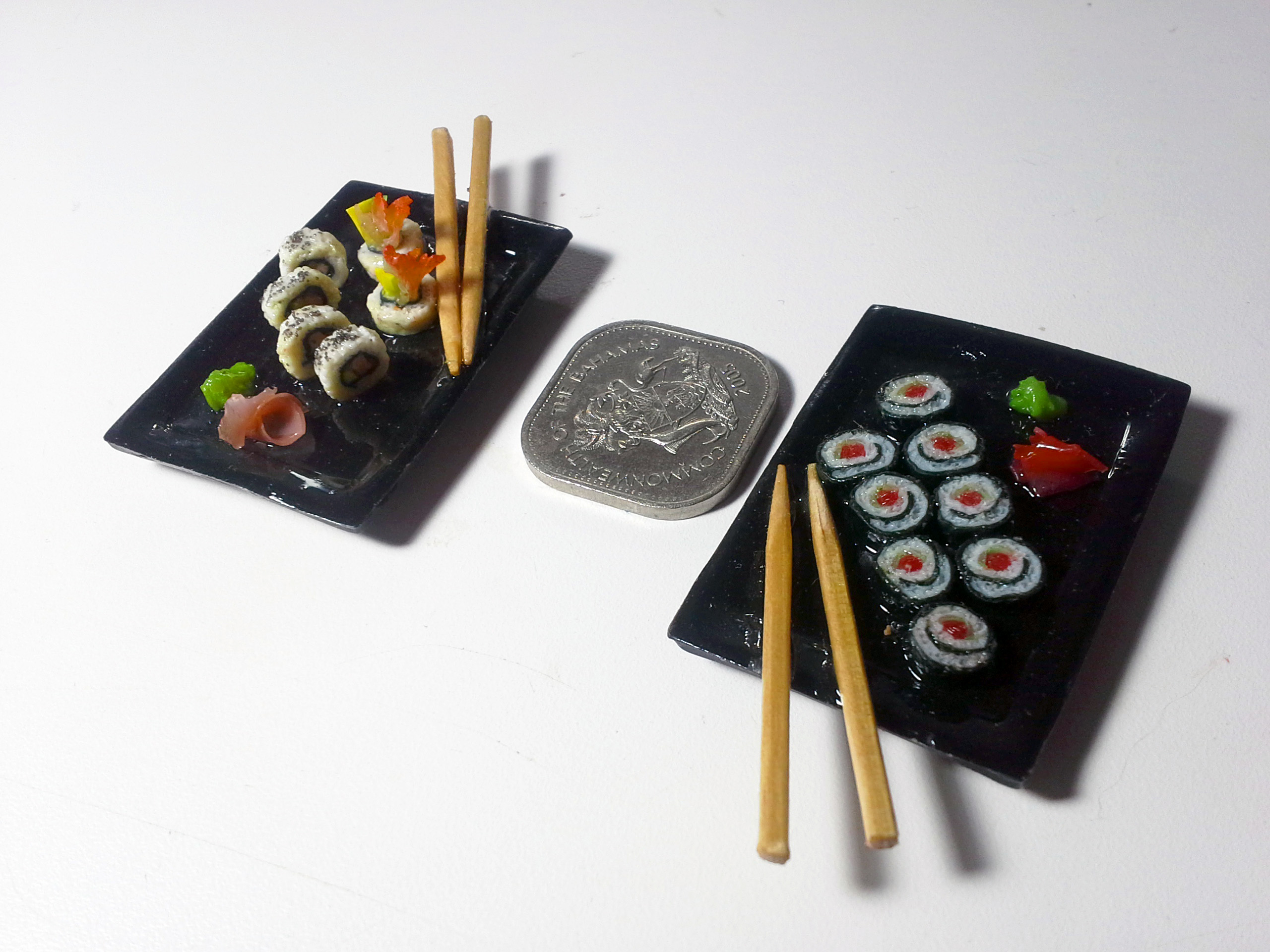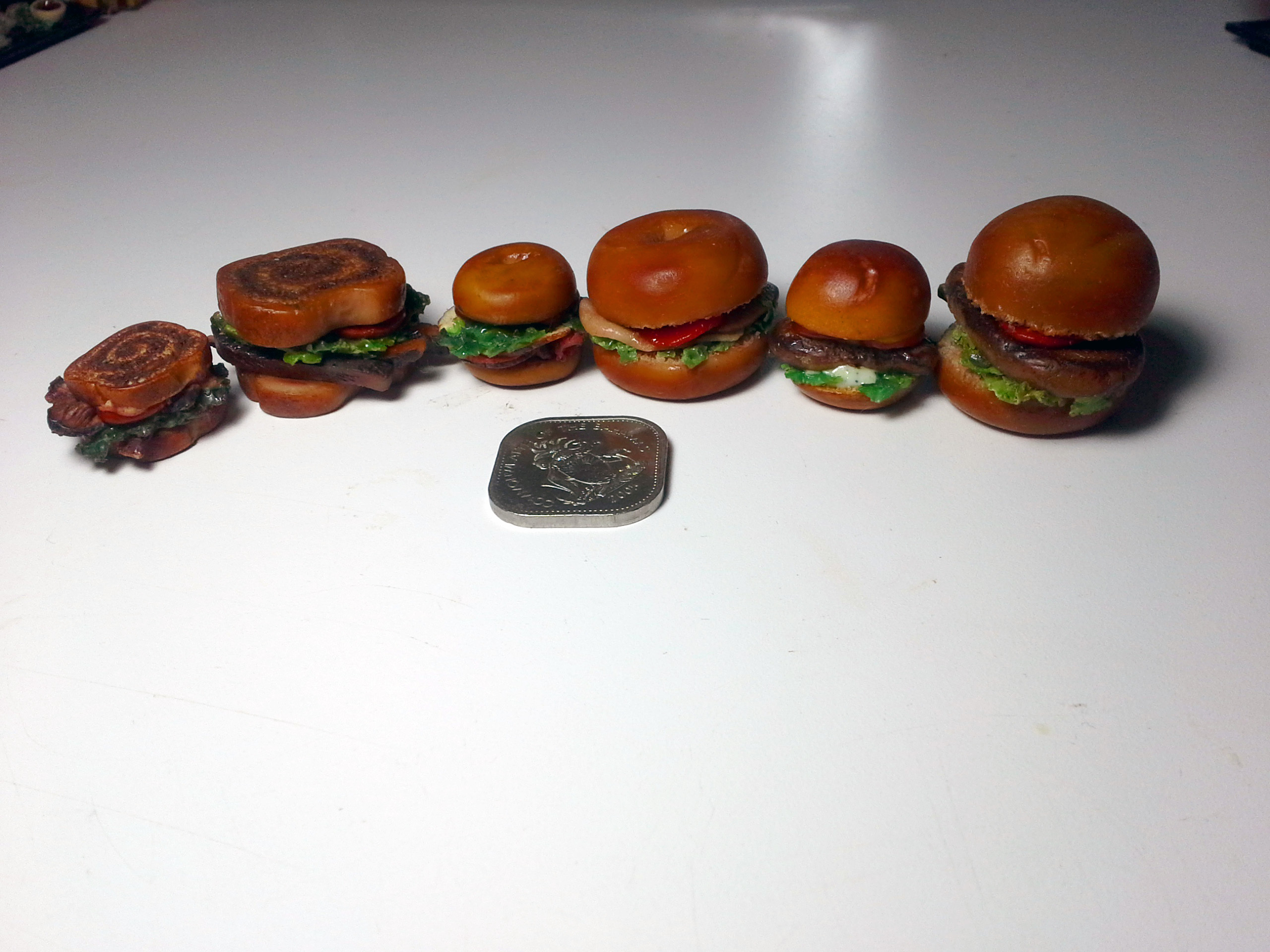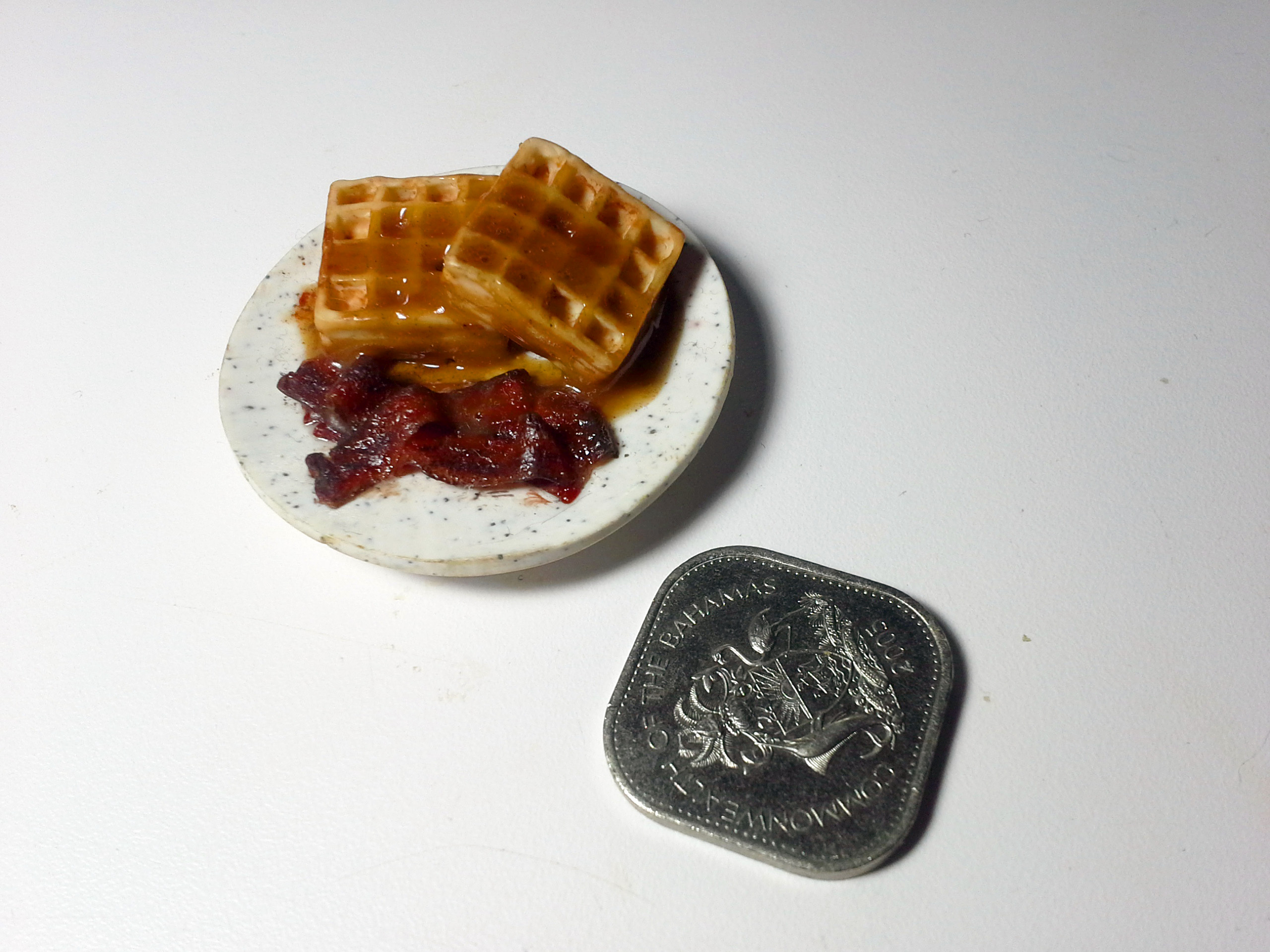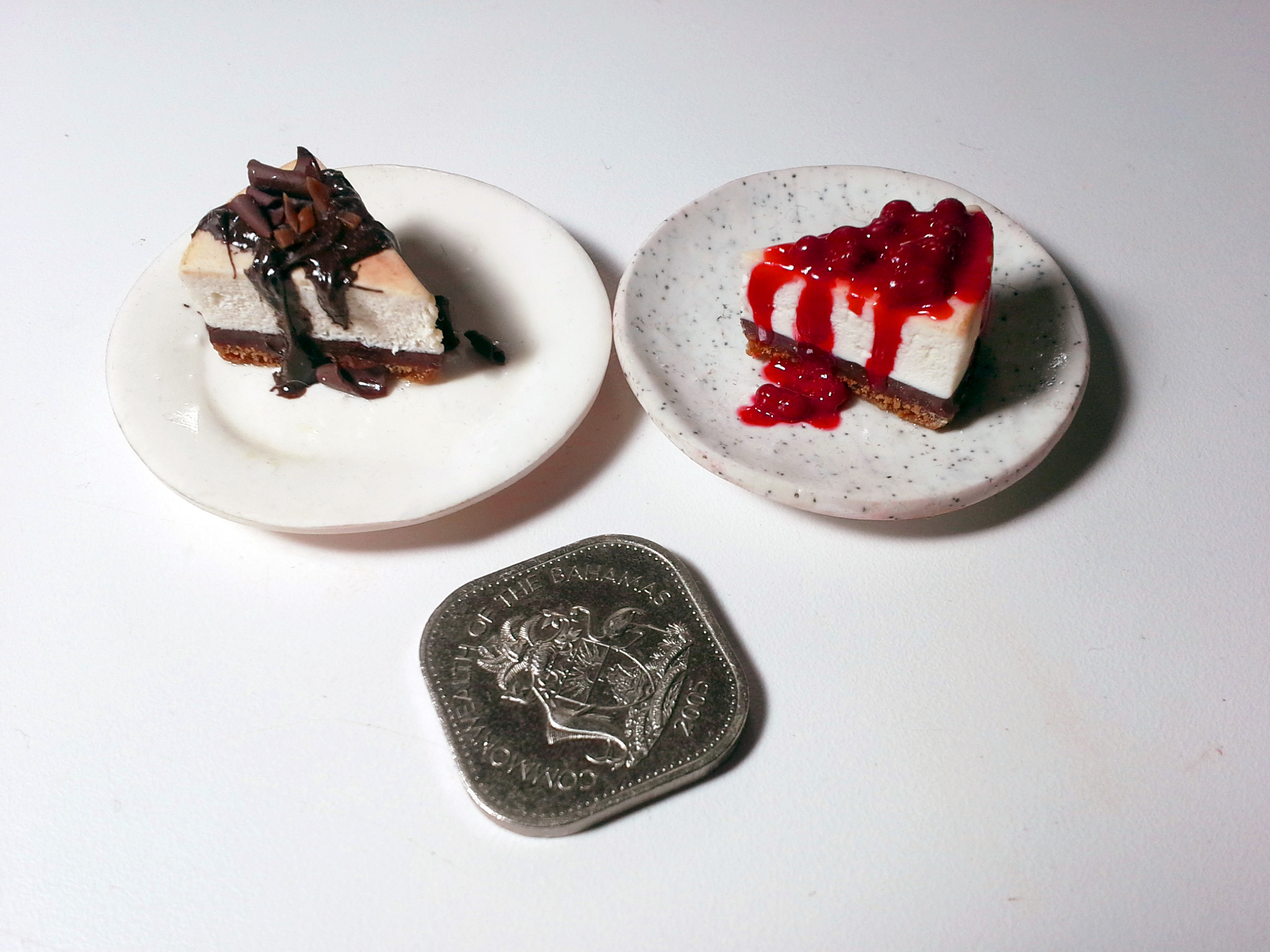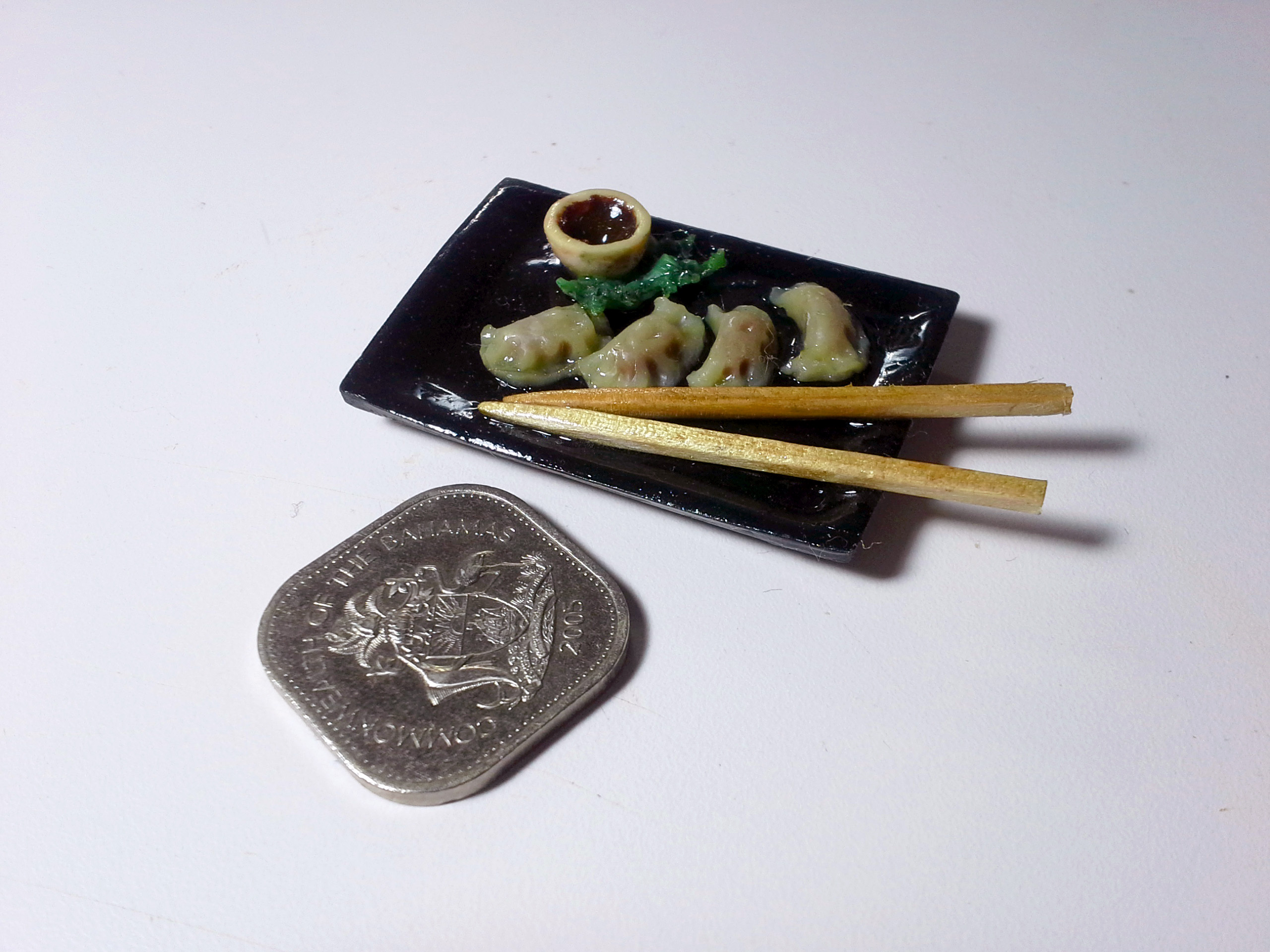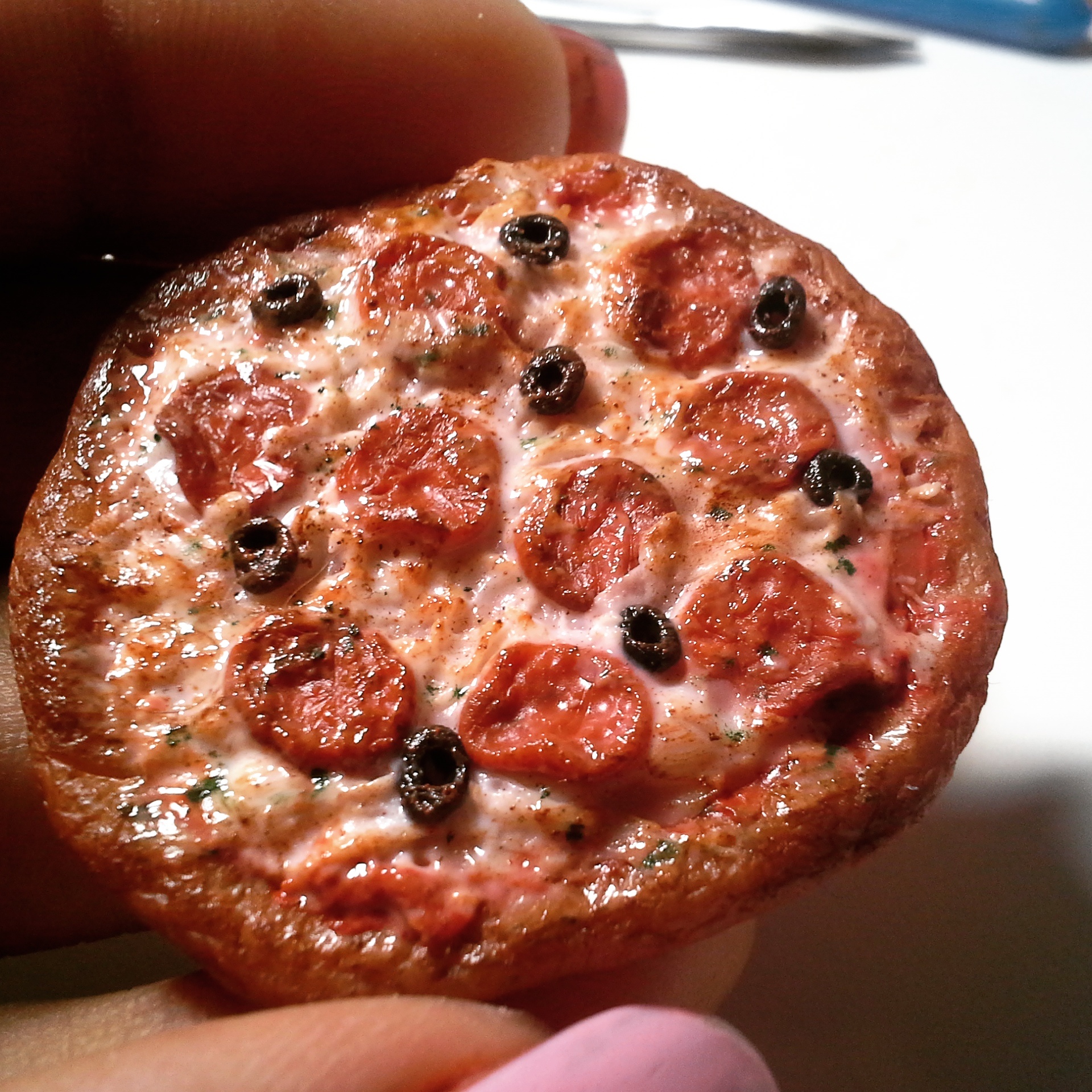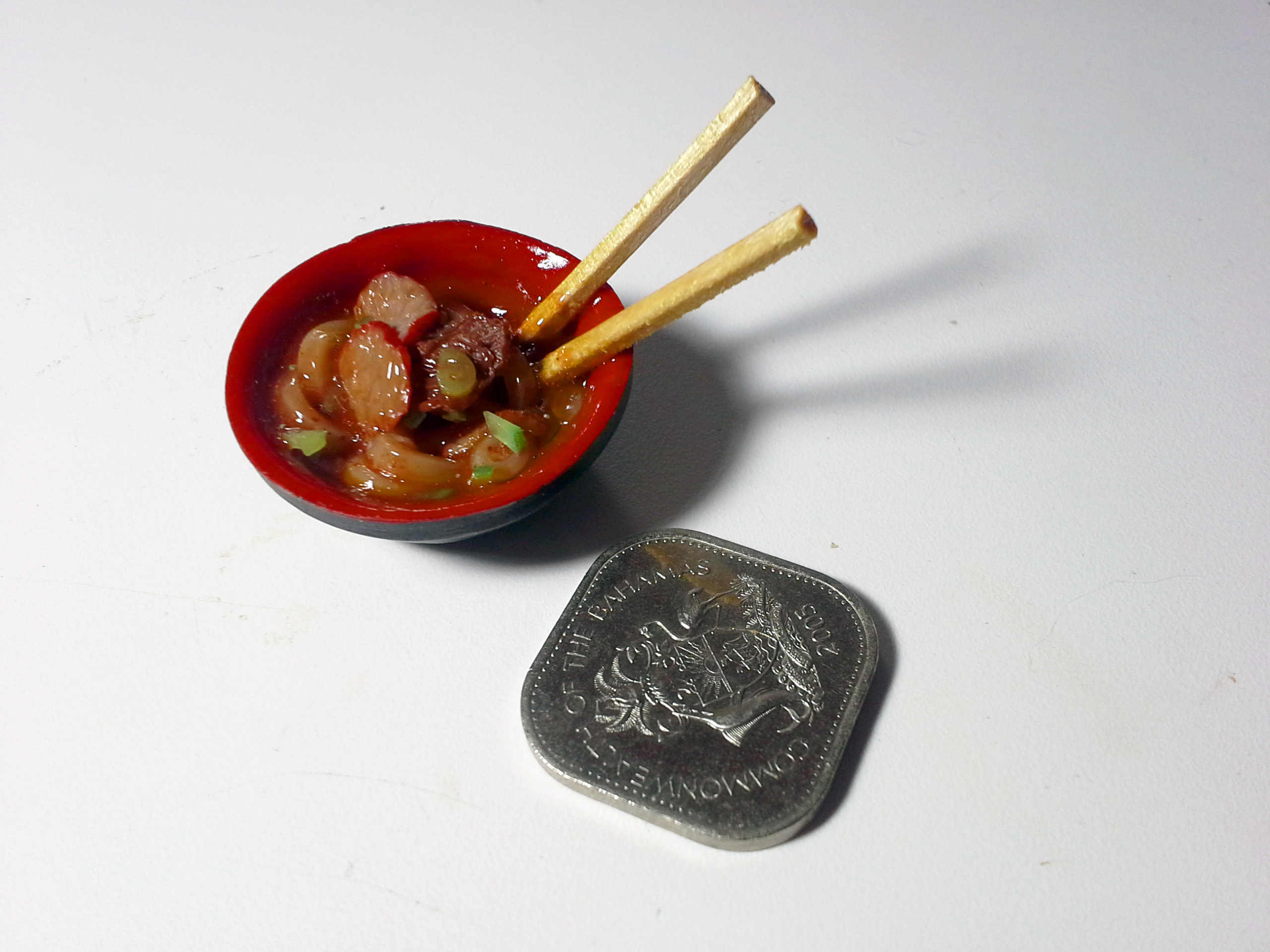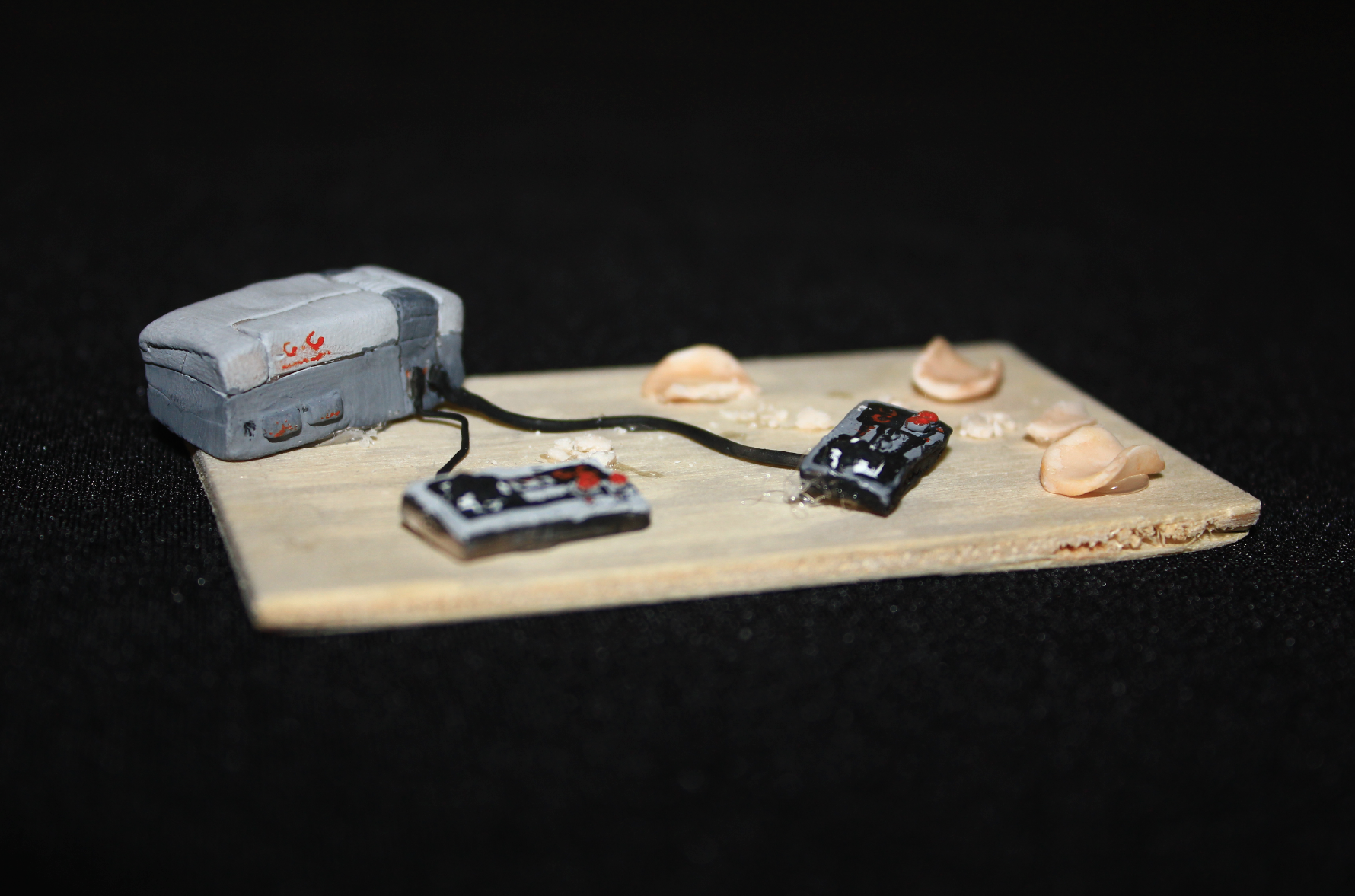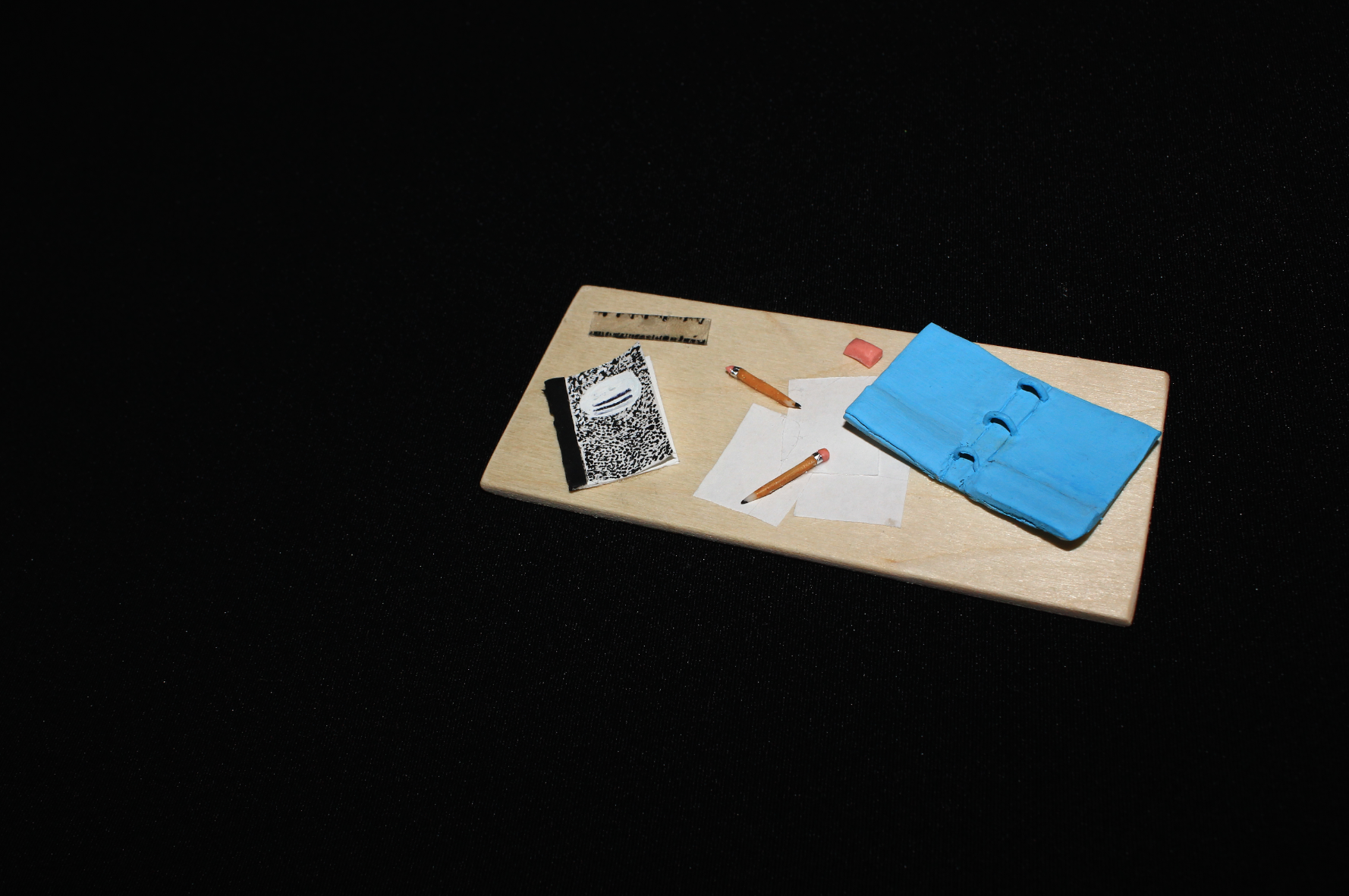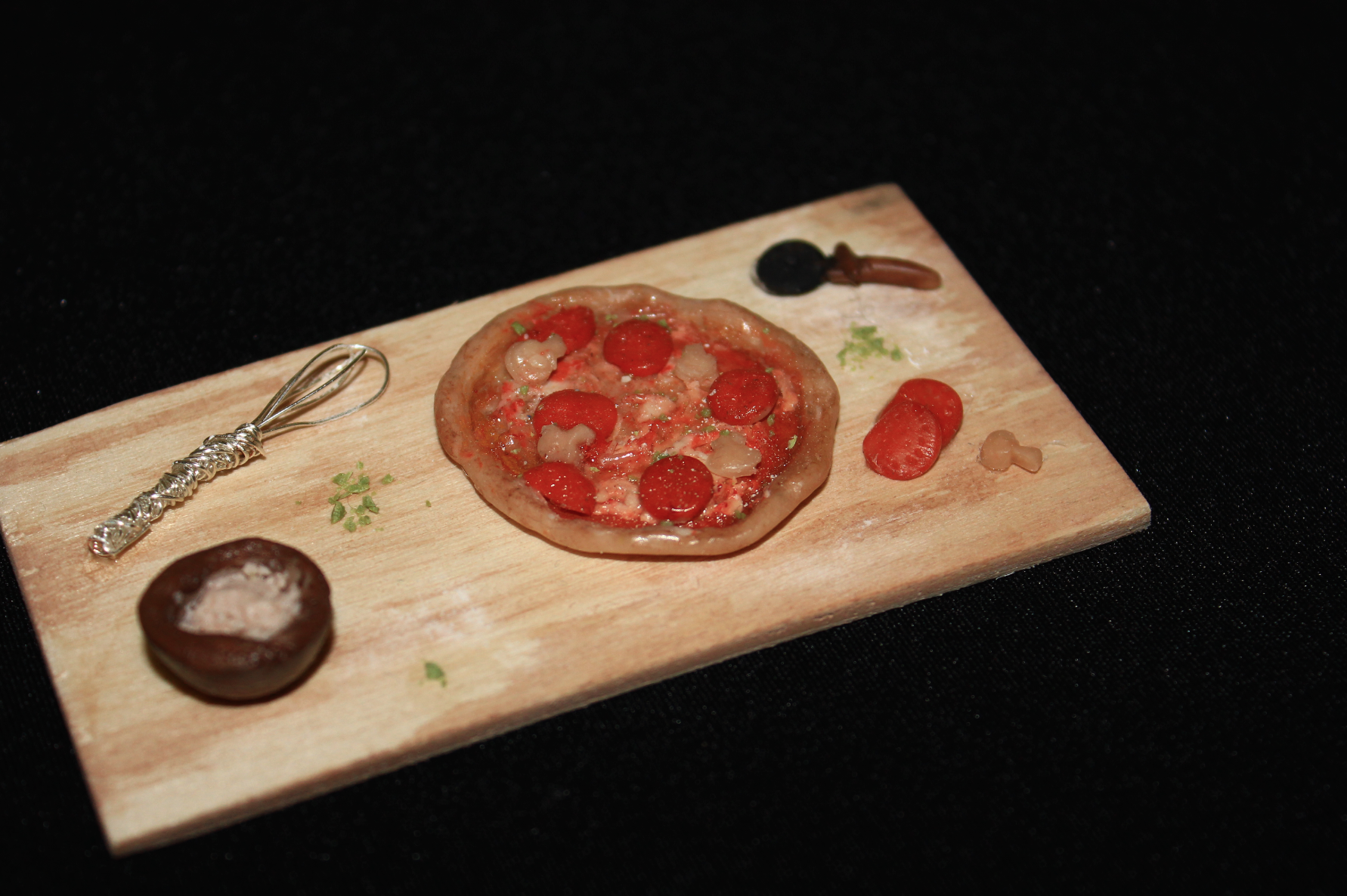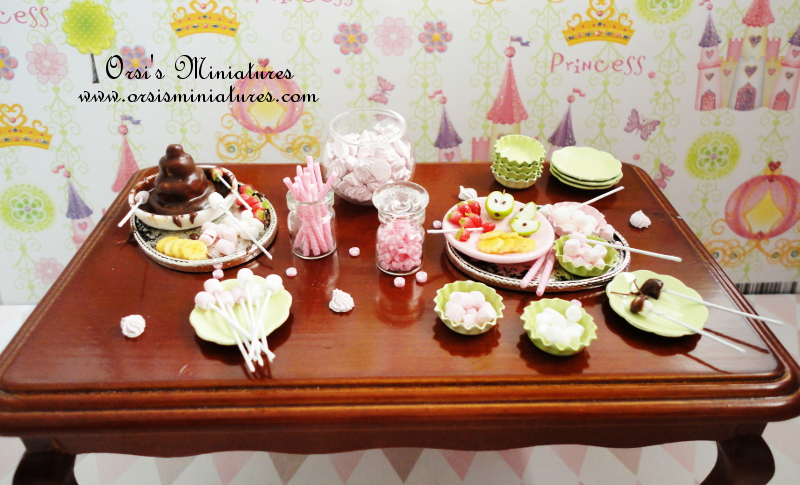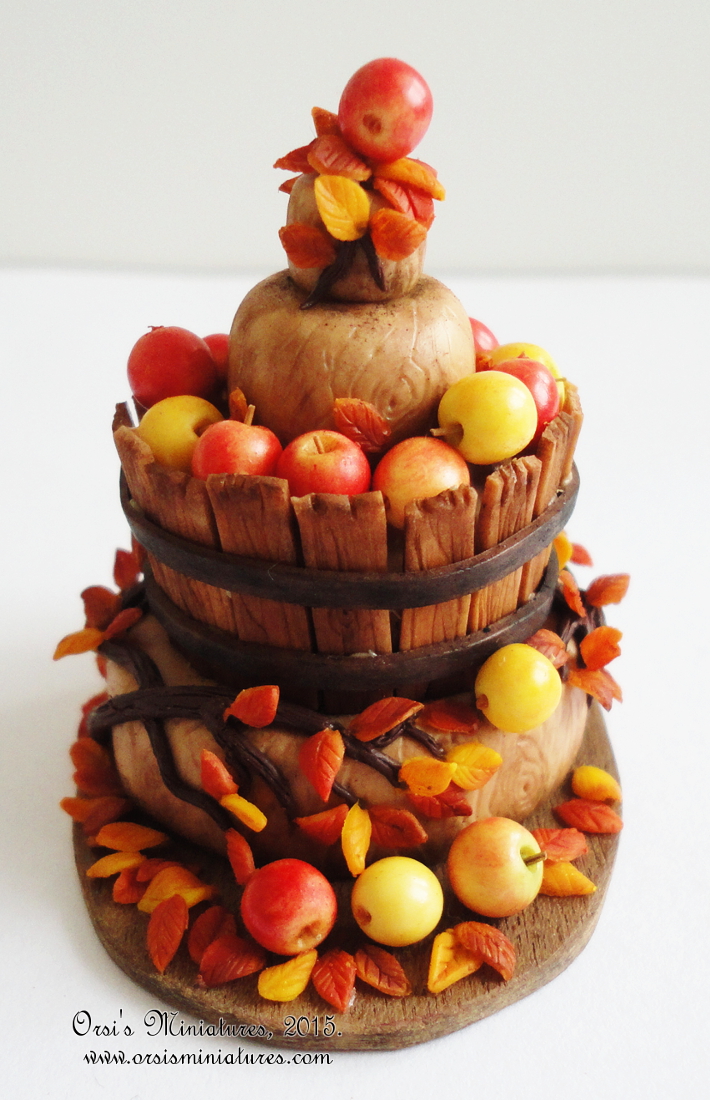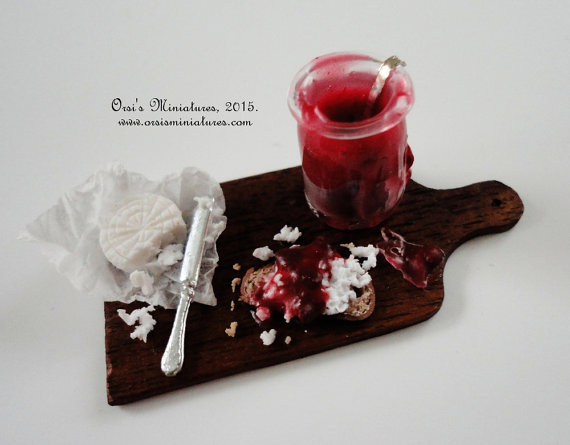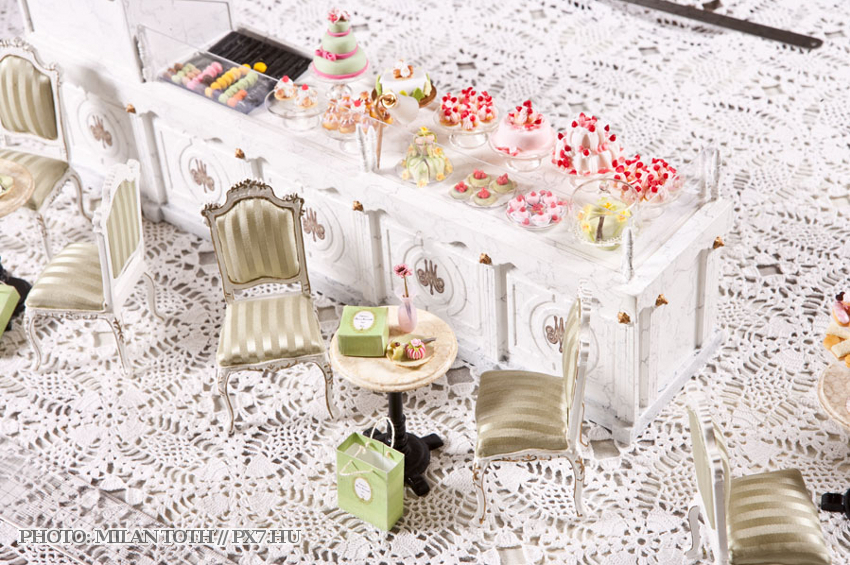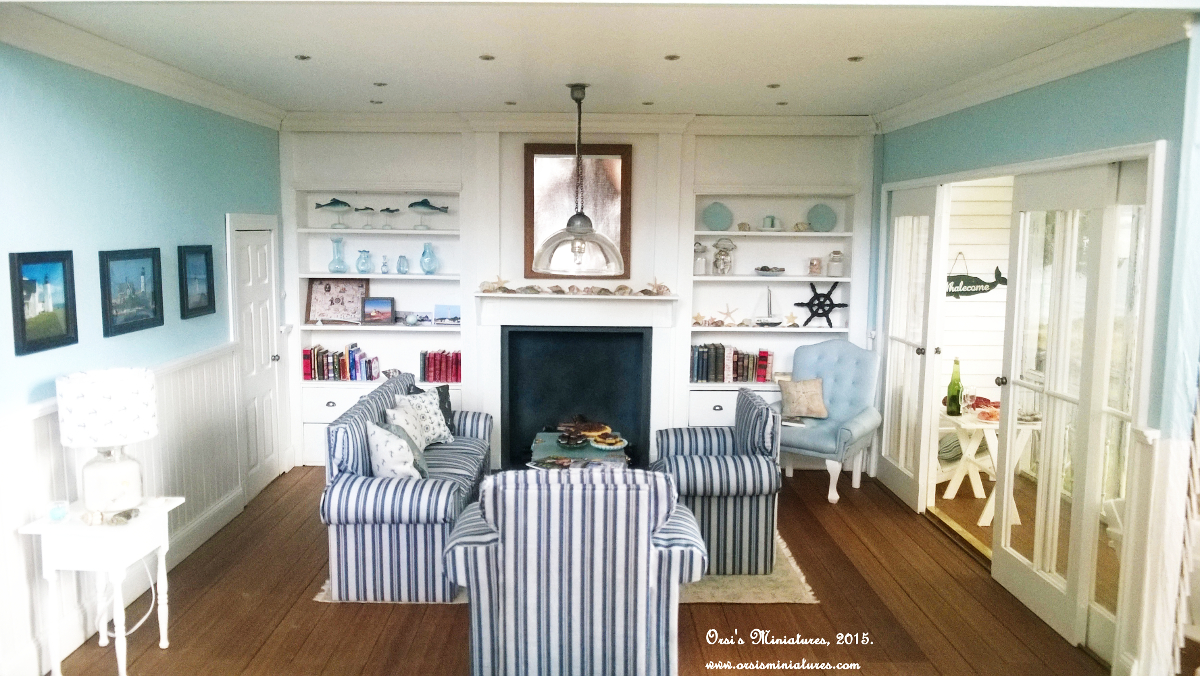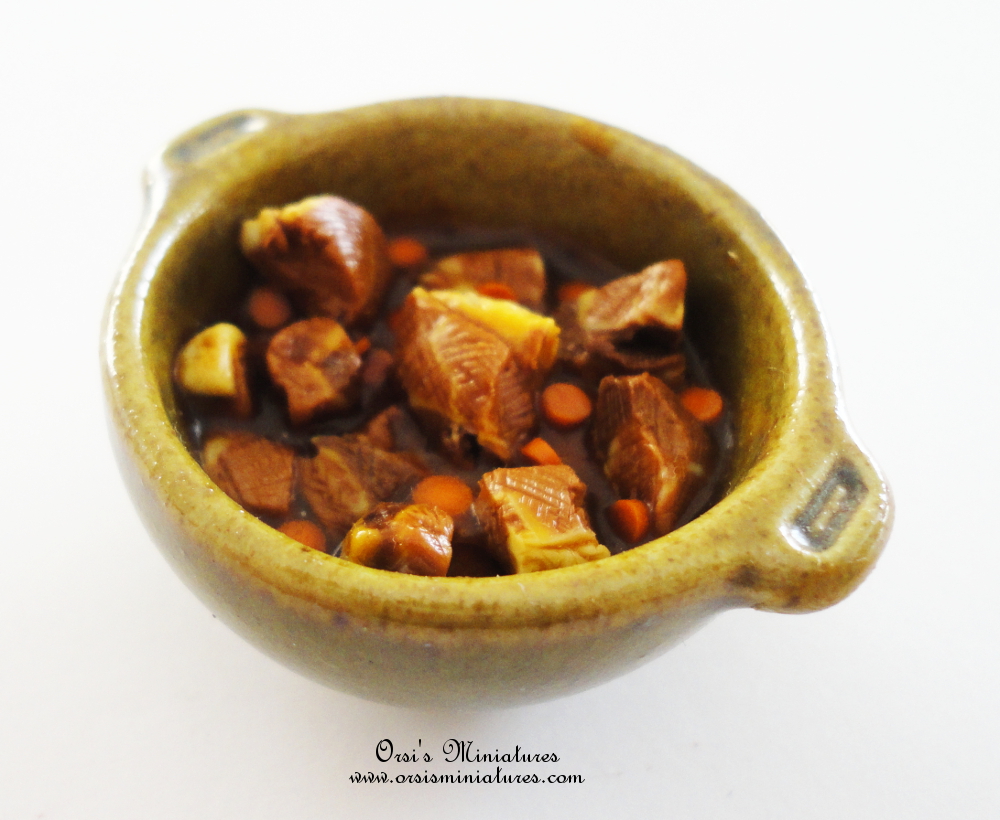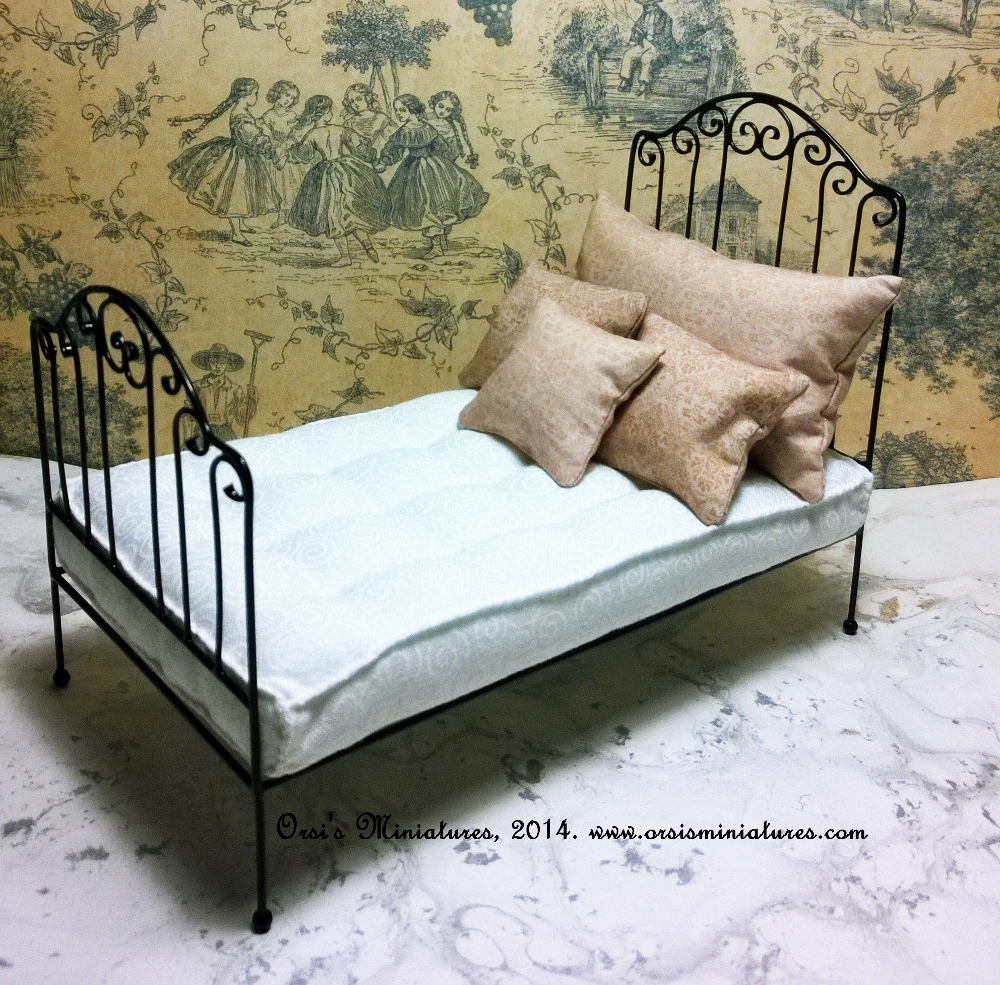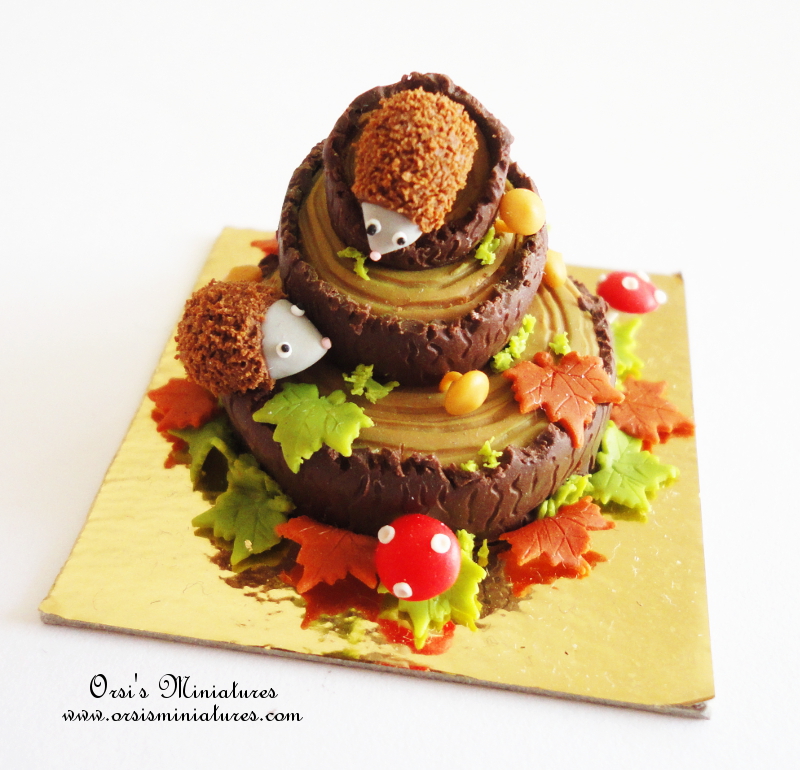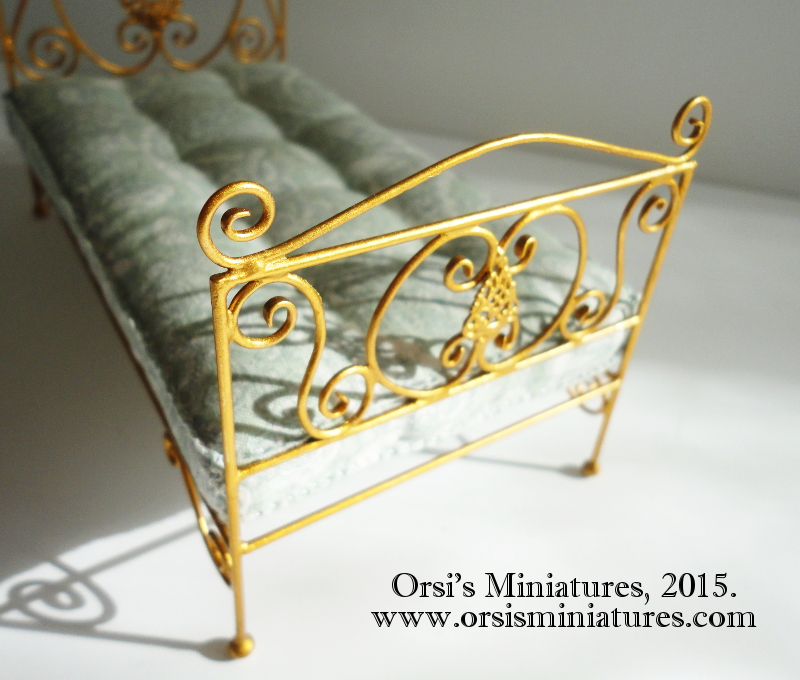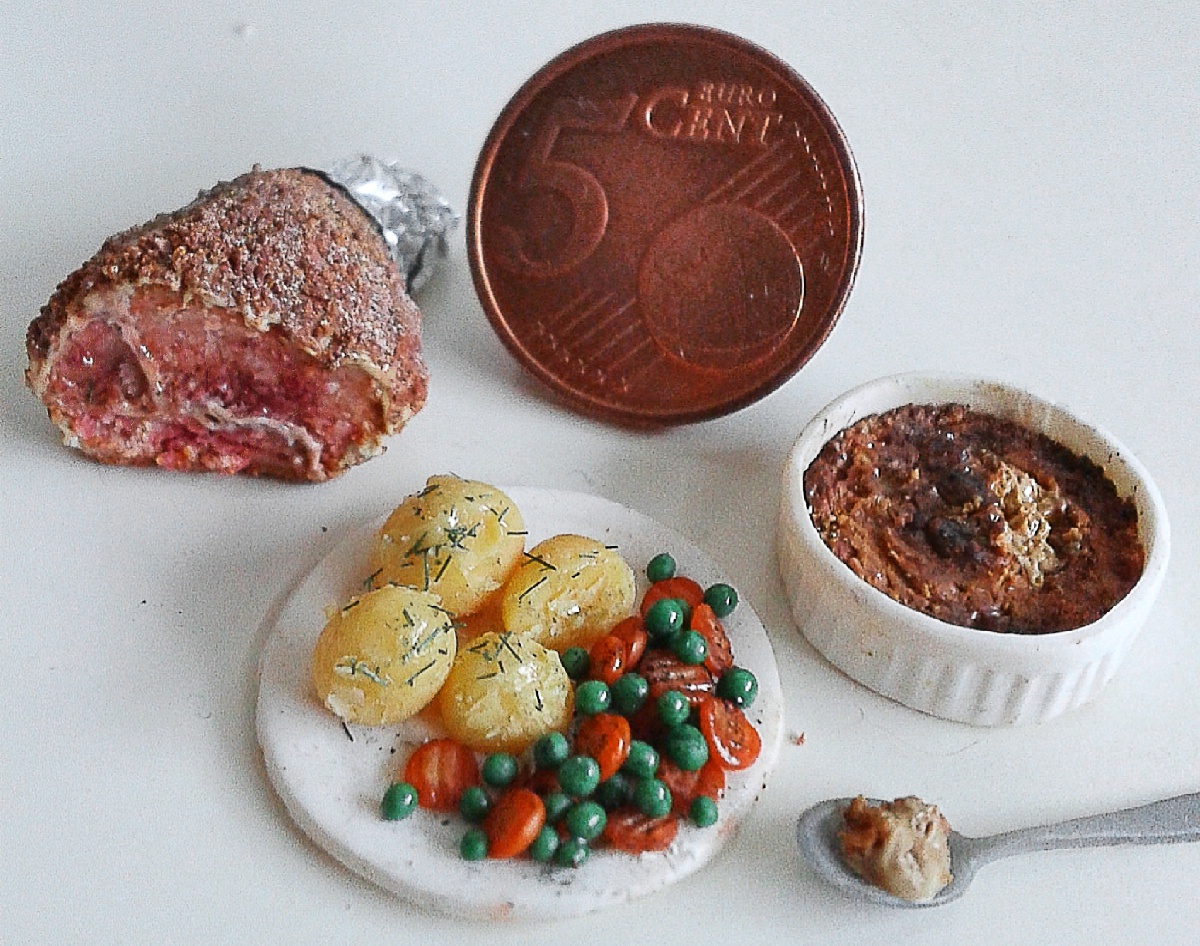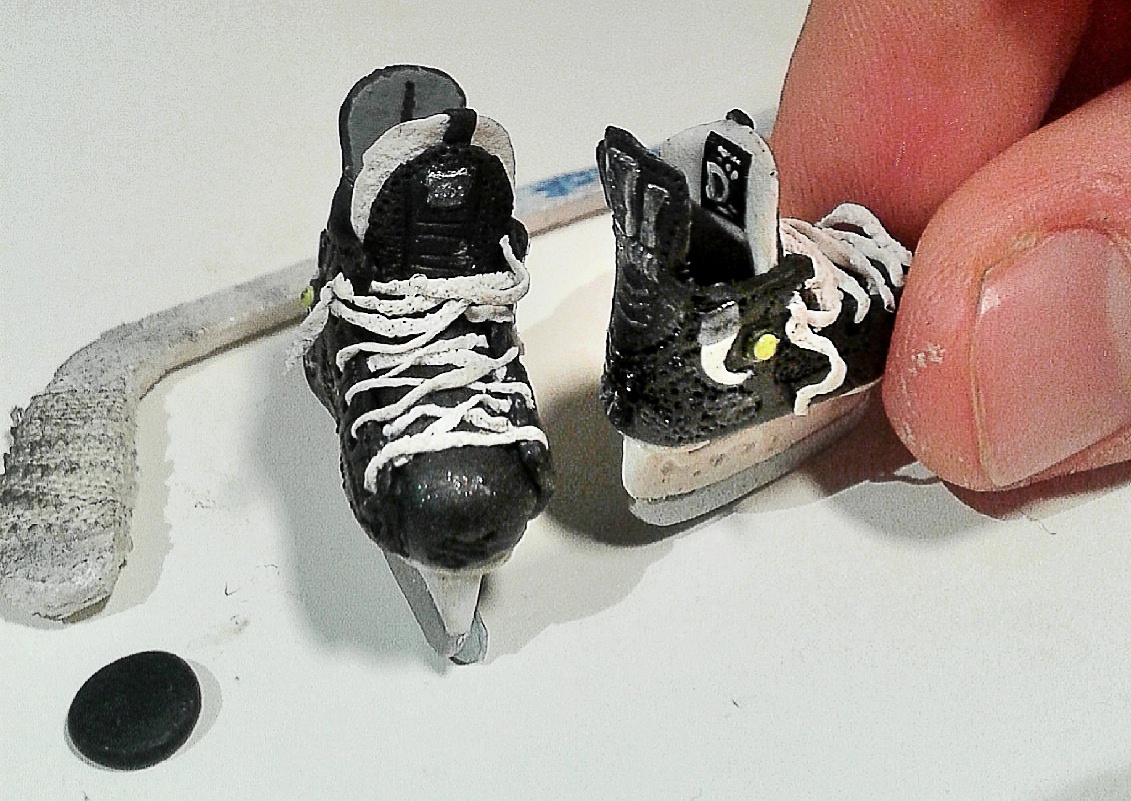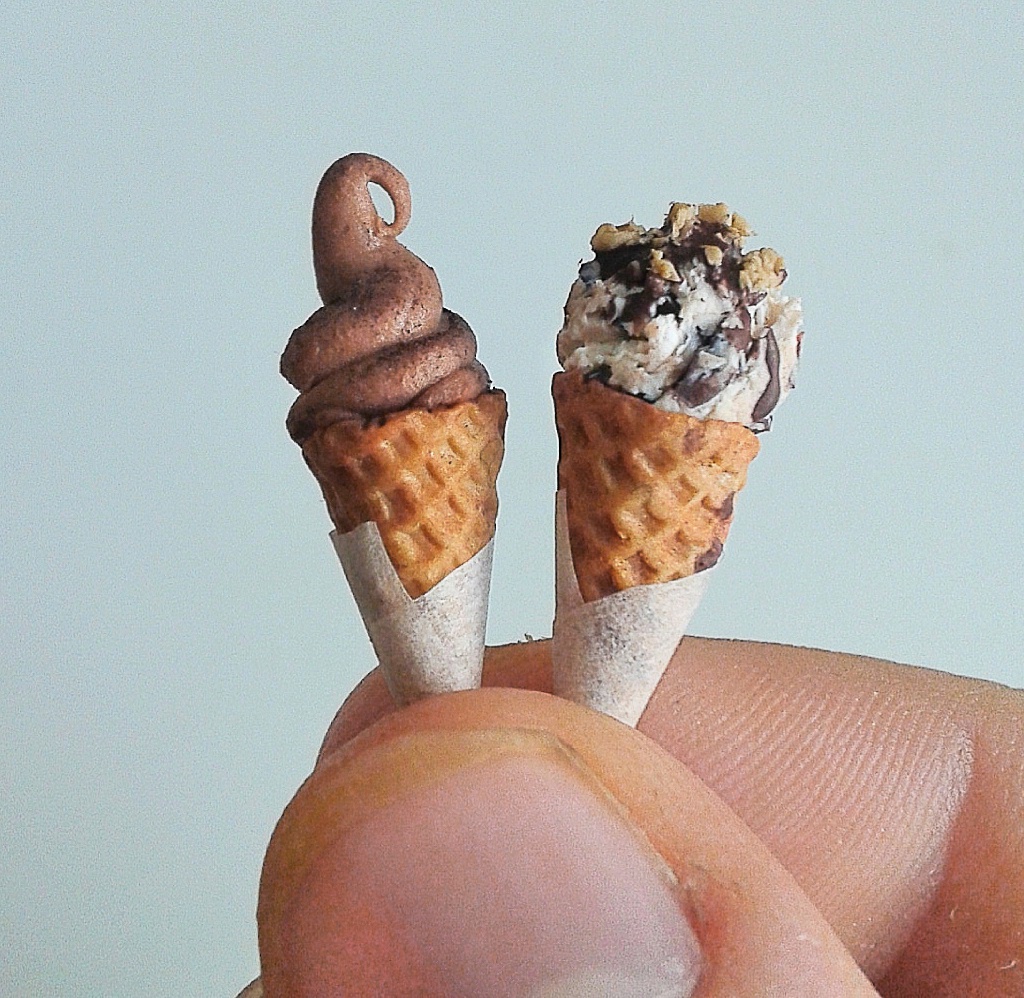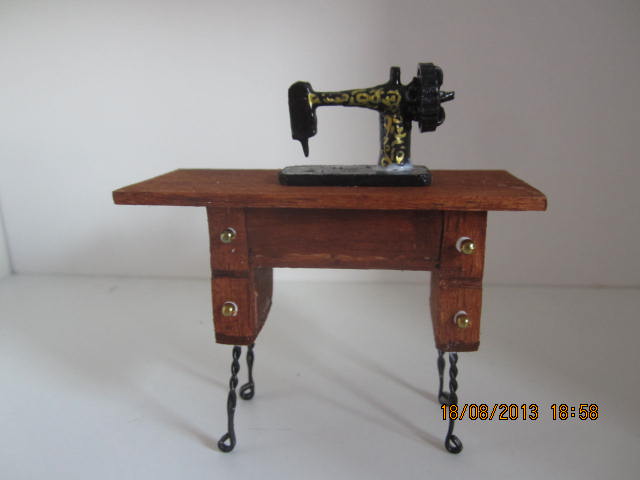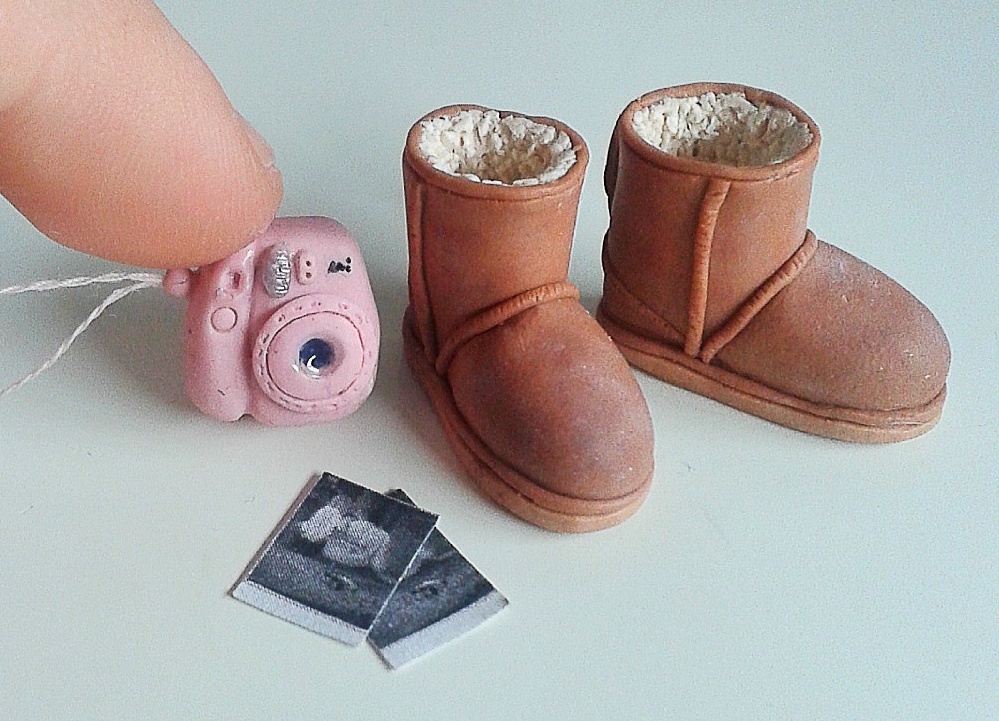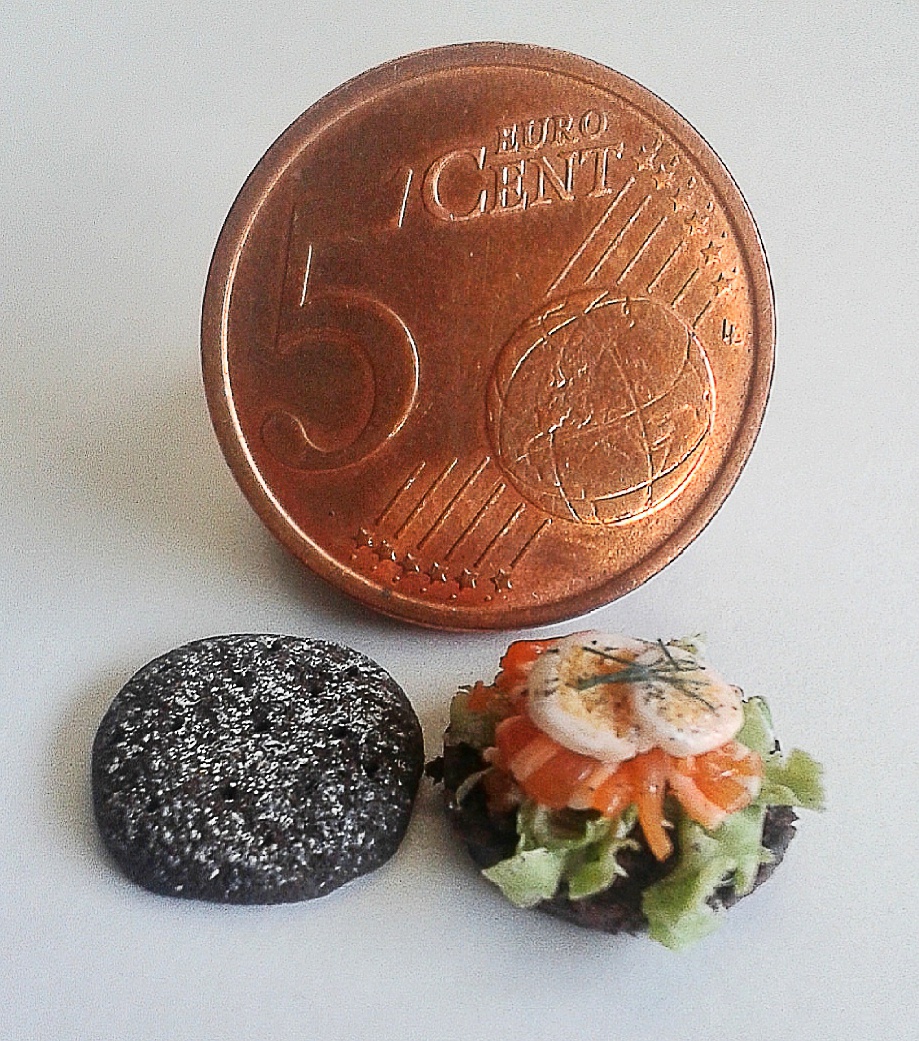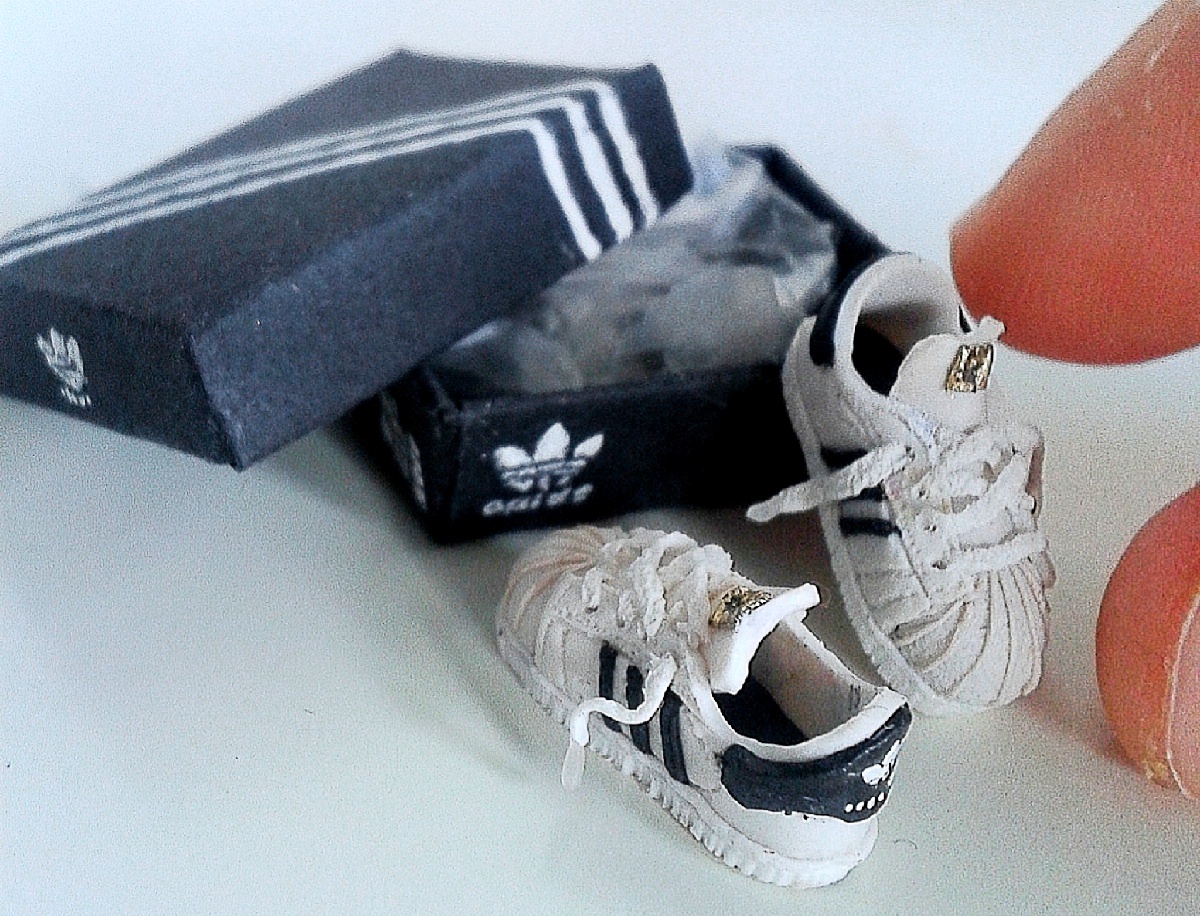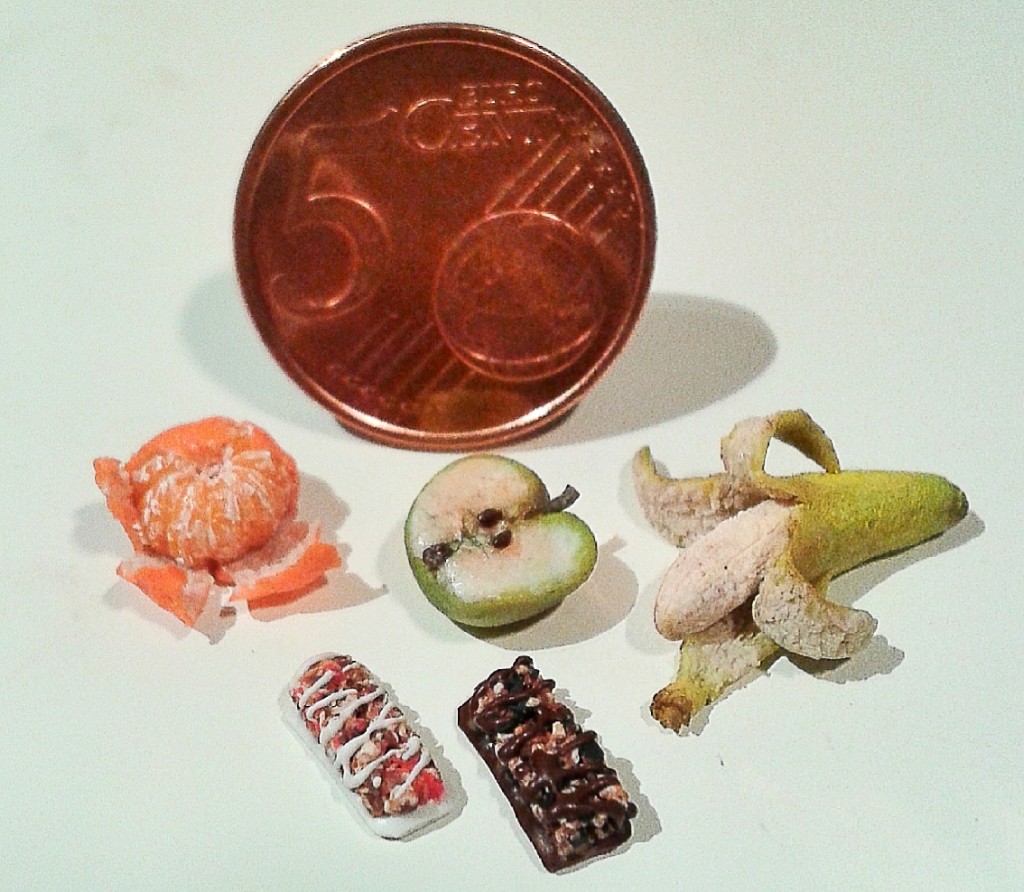Mighty Oak’s Miniature Sets for HGTV and Sherwin-Williams
| Project Details | Website | Instagram |
| YouTube | Facebook | Vimeo |
Interview with Emily Collins, Creative Director at Mighty Oak
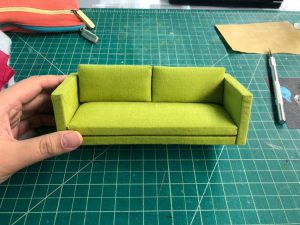 Tell us a bit about your recent collaboration with HGTV and Sherwin-Williams.
Tell us a bit about your recent collaboration with HGTV and Sherwin-Williams.
Our team created a series of miniature rooms inspired by the 2018 Sherwin-Williams color collection. Each room was modeled to look like a contemporary living space, with details as tiny as half-inch shampoo bottles crafted by hand.
How many rooms did you create, and how are they distinct from one another?
We created 7 rooms in total. Each unique room showcases a living space, including a bathroom, kitchen, 2 living rooms, a bedroom, and a sun room. They range in style, from minimalist decor, to plant-filled lounges, rustic interiors, and even a seaside-aesthetic.
How many team members helped to bring this project to life?
Our team was made up of 11 creatives, including our producer and director, animators, fabricators, and post-production crew. We worked closely with our clients to ensure that each room represented their new color line in the way they imagined.
What was your team’s favorite room to create?
Everyone seems to have their own favorite! My personal favorite was the Minimalist Danish Living Room because it feels the most realistic. It looks life-size to me in camera before you see the hand reveal the scale.
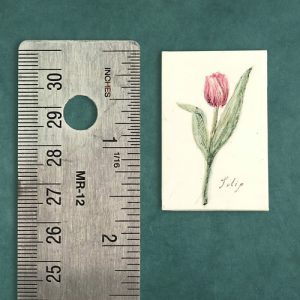 What was the most challenging room to create?
What was the most challenging room to create?
The kitchen cabinetry was probably the most challenging to create because there were so many angles and lines to consider! The artist Sam Shumway had to delicately measure and craft each individual cabinet to make sure everything lined up properly.
The shower in the bathroom was another challenging custom build, but artist Hillary Barton did a great job. The shower door is actually functional, and could slide open and closed which was exciting to see in action.
About how many miniatures did your team create by hand?
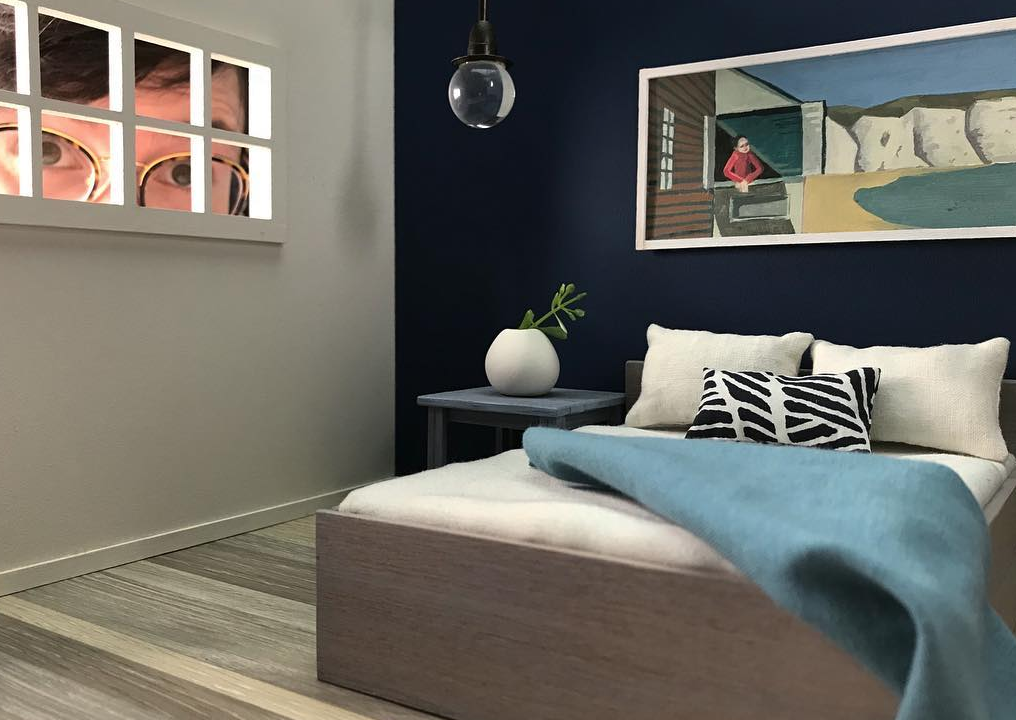 The team created about 70% of the pieces by hand including the couches, bed, shower, wall paintings, contemporary chair, tables, dressers, planters, and… I could go on. We’re lucky to have a skilled team that specializes in crafting miniatures, as stop-motion animation often calls for it.
The team created about 70% of the pieces by hand including the couches, bed, shower, wall paintings, contemporary chair, tables, dressers, planters, and… I could go on. We’re lucky to have a skilled team that specializes in crafting miniatures, as stop-motion animation often calls for it.
Where did you source some of the miniature home décor and accessories from?
The few pieces that we did source came from Amazon, Tiny Doll House on the Upper East Side in NYC and our very own studio. My business partner Michaela Olsen has been collecting miniature vintage dollhouse furniture for a long time that we were able to use.
We also sourced all of the wood flooring from my husband’s company, Tri-Lox, which sources sustainable lumber to create custom designs. A lot of the flooring and some of the furniture is made out of Redwood that previously was part of NYC water towers!
Did you have to use a special paintbrush to create the wall art?
We used very thin-tipped brushes!
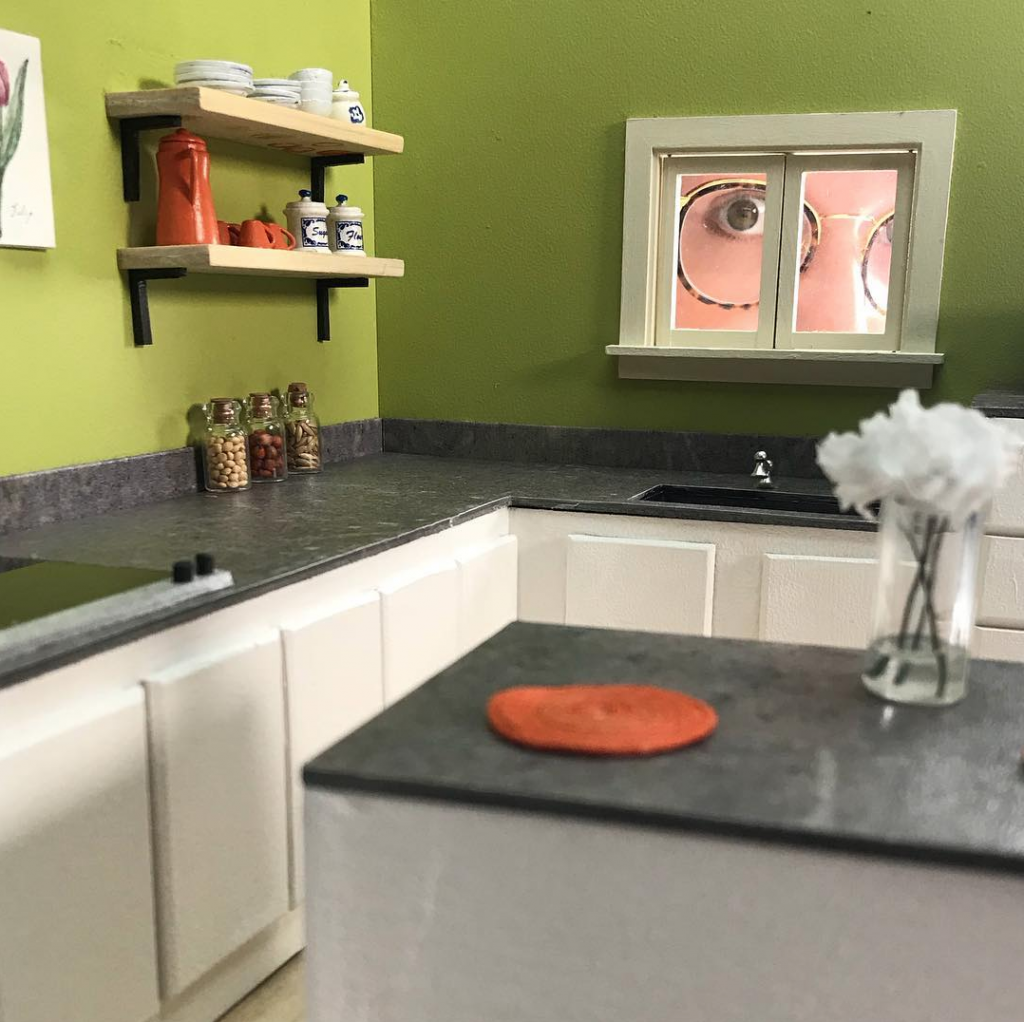 What did you learn about miniatures along the way?
What did you learn about miniatures along the way?
I learned that it is wise to think in 1:12 scale as much as possible, as that is the easiest size to source! I also learned that I love miniatures very much. There is nothing more satisfying than seeing a contemporary scene, room, piece of furniture or plant at a tiny scale.
What did you learn about interior design through this collaboration?
I learned that when I design my future home, I will mock-up my plans first in Photoshop, as we did with these rooms. It’s a great way to plan out a space. Most retailers have photos of their furniture from various angles, so it’s possible to grab an image and resize, and angle it to fit your mock-up.
What other services does Mighty Oak offer?
We specialize in hand-made design, crafting items out of paper, clay, wood, textiles, and even food. We primarily work in stop-motion animation, but also offer a lot of options for hand-drawn animation, illustration, and motion graphics.
Our full-time team of 7 employees with about 40 specialized subcontractors to offer services that blend art, branding, and design. This hybrid of strengths makes our work unique.
As we continue to create mini worlds for brands, we’re also starting to work more with TV networks like HBO and Netflix, which is really exciting! We’re also expanding our services to consumers directly, creating hand-crafted video games, .gifs, stickers, and templates that anyone can easily download and use. But you can see how we’re making all of this on our Instagram or brand new YouTube channel, where we’ll be posting behind-the-scenes videos of our process.
If any mini-makers want to collaborate — Instagram is the best place to find us!
The Mighty Oak studio is located in Red Hook, Brooklyn. They’re on the lookout for talented makers, so feel free to get in touch to learn more! Check out their latest projects on Instagram, YouTube, Facebook, and Vimeo. And make sure to read more about their extensive project portfolio on the Mighty Oak site.
